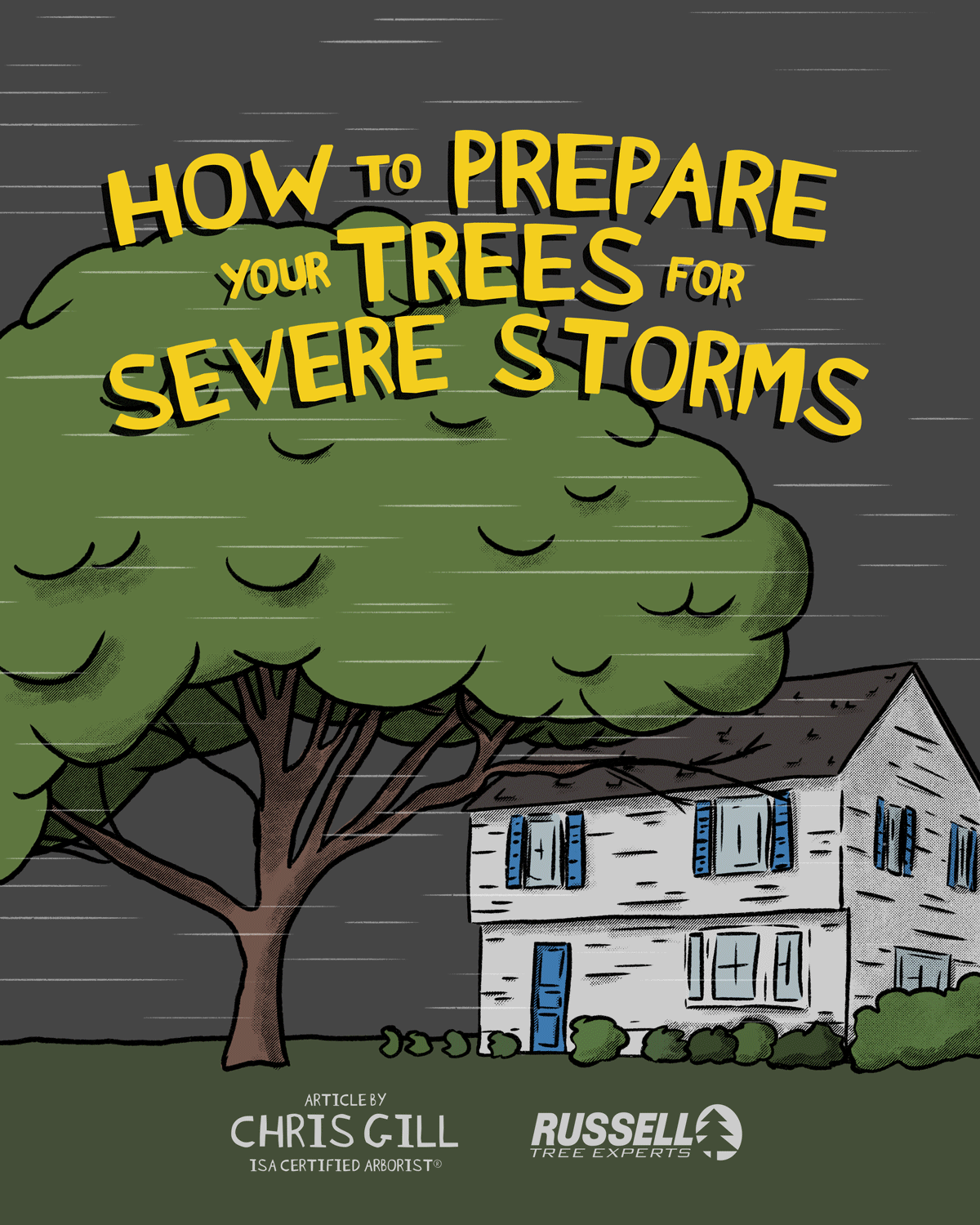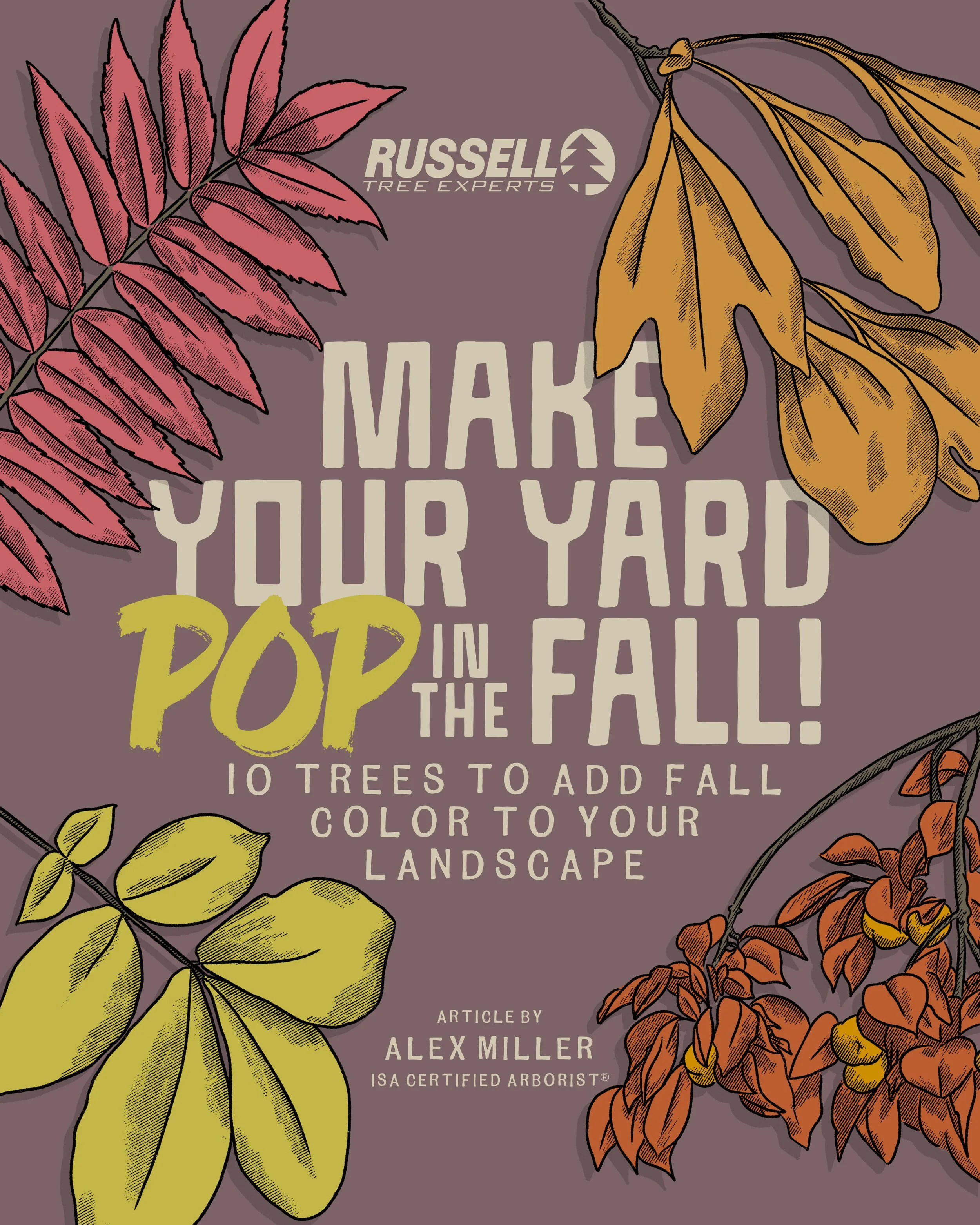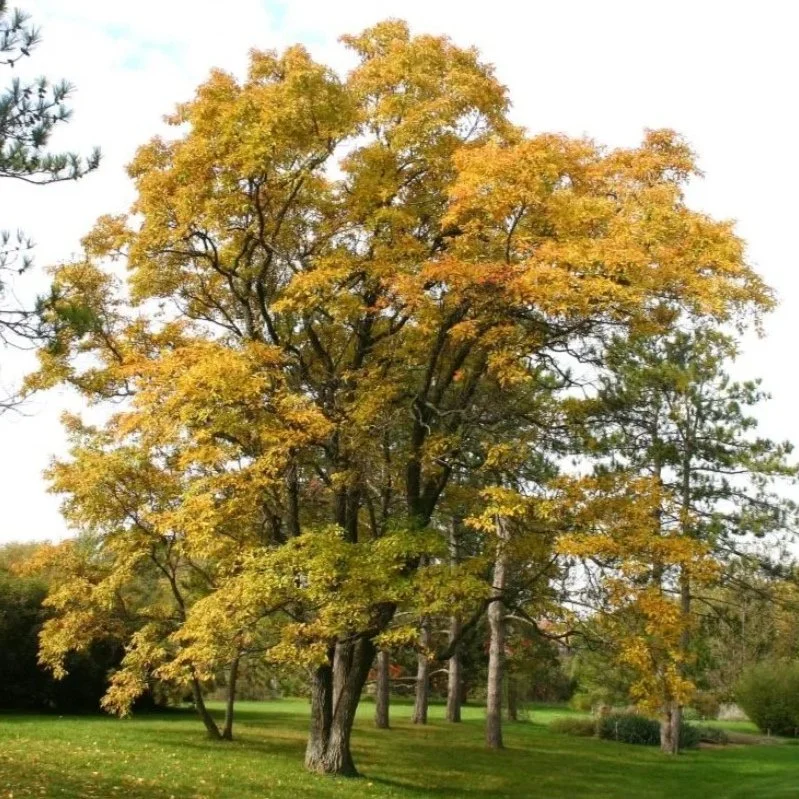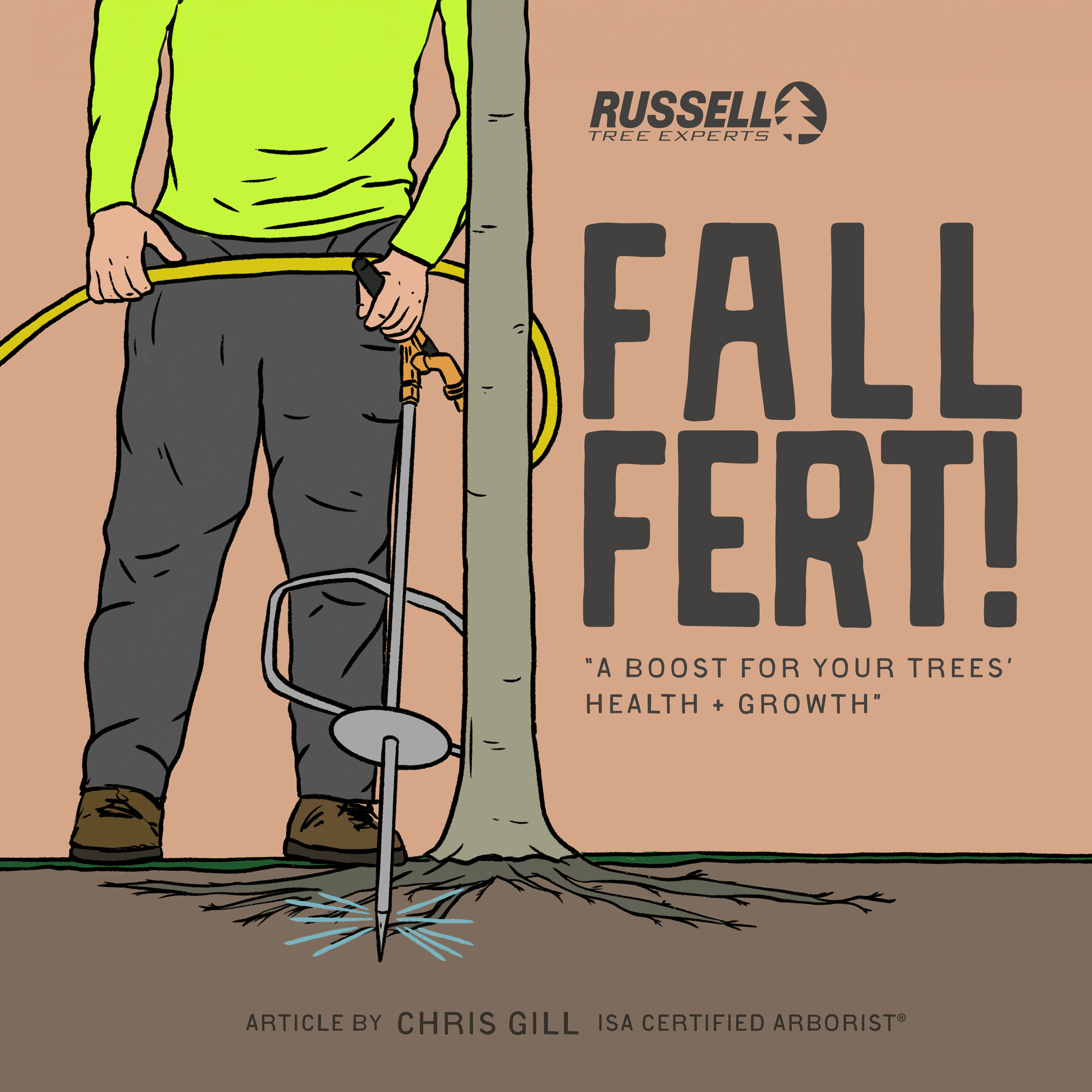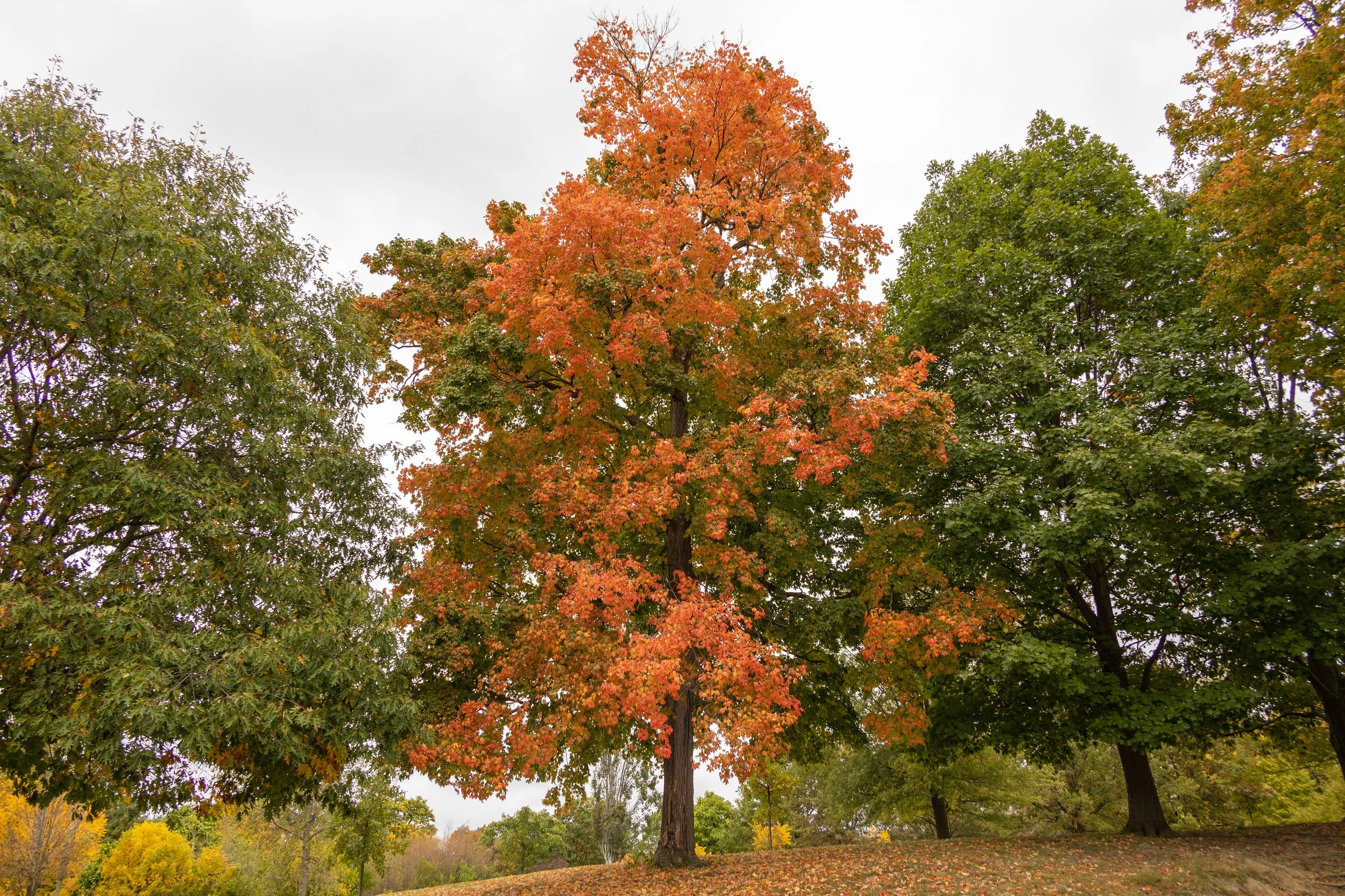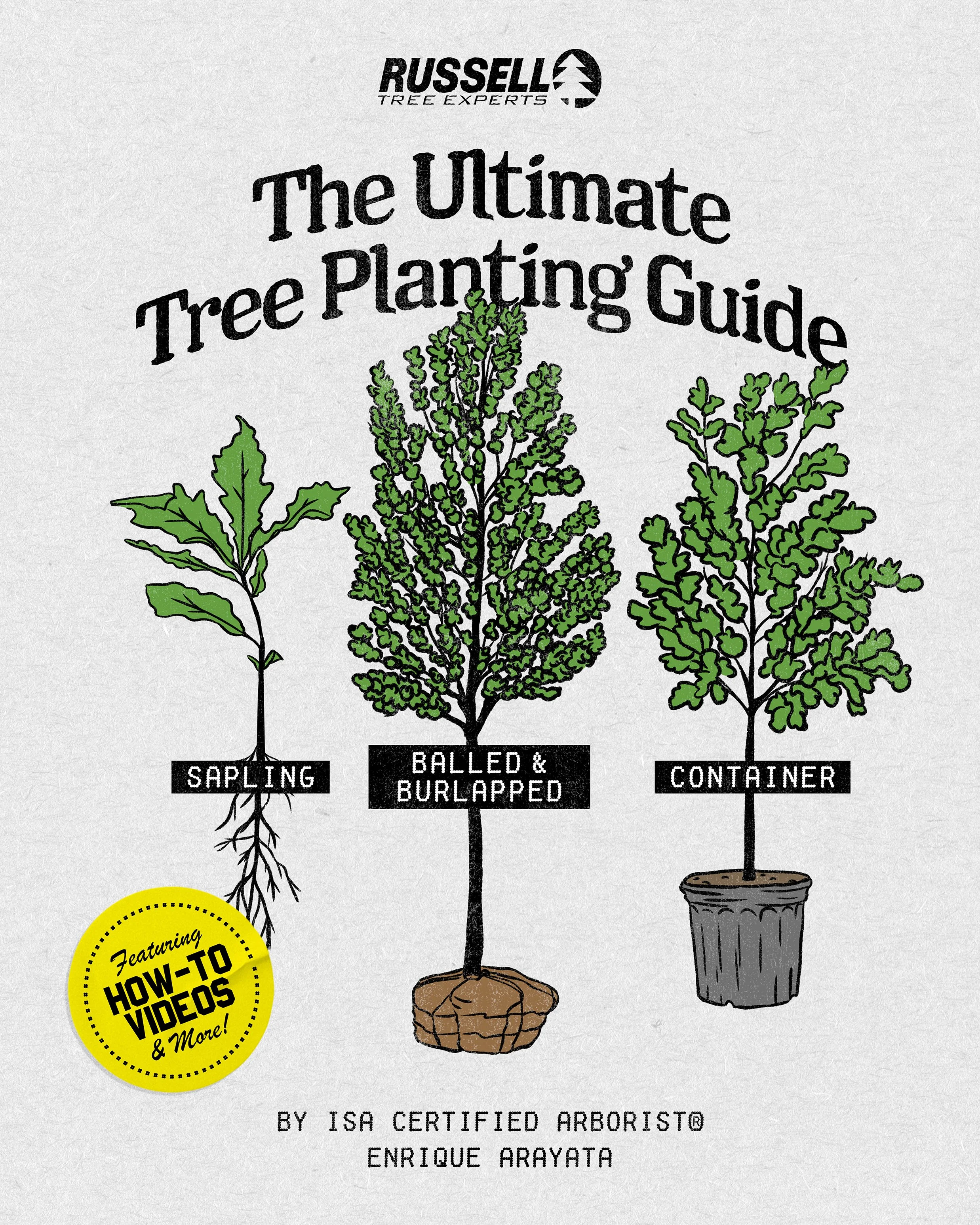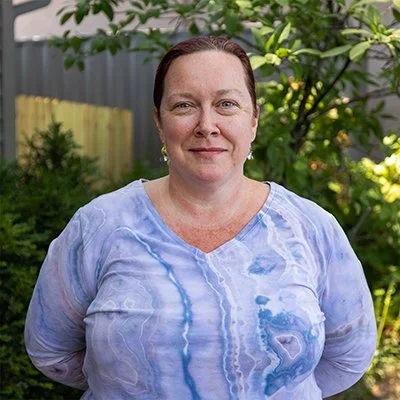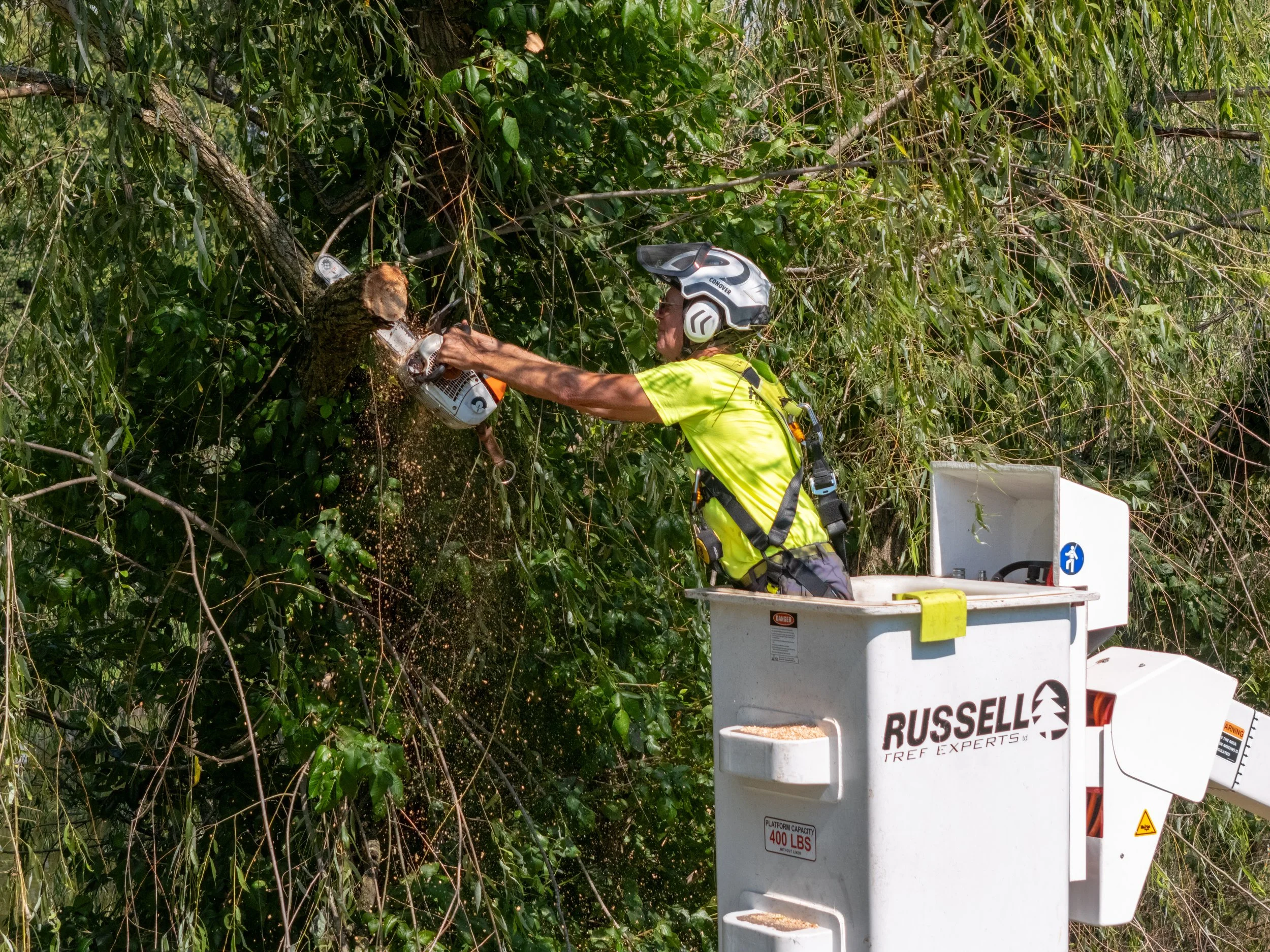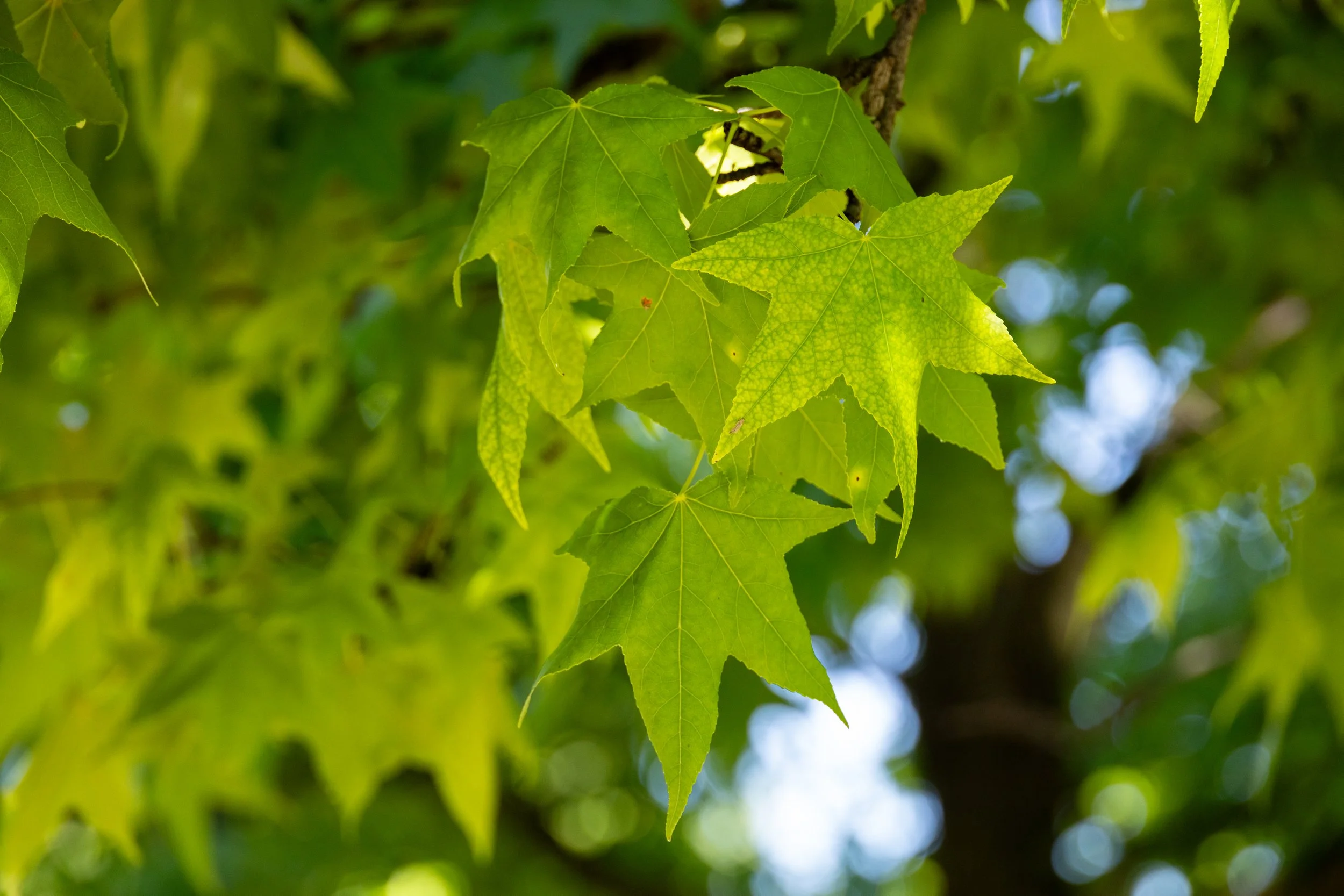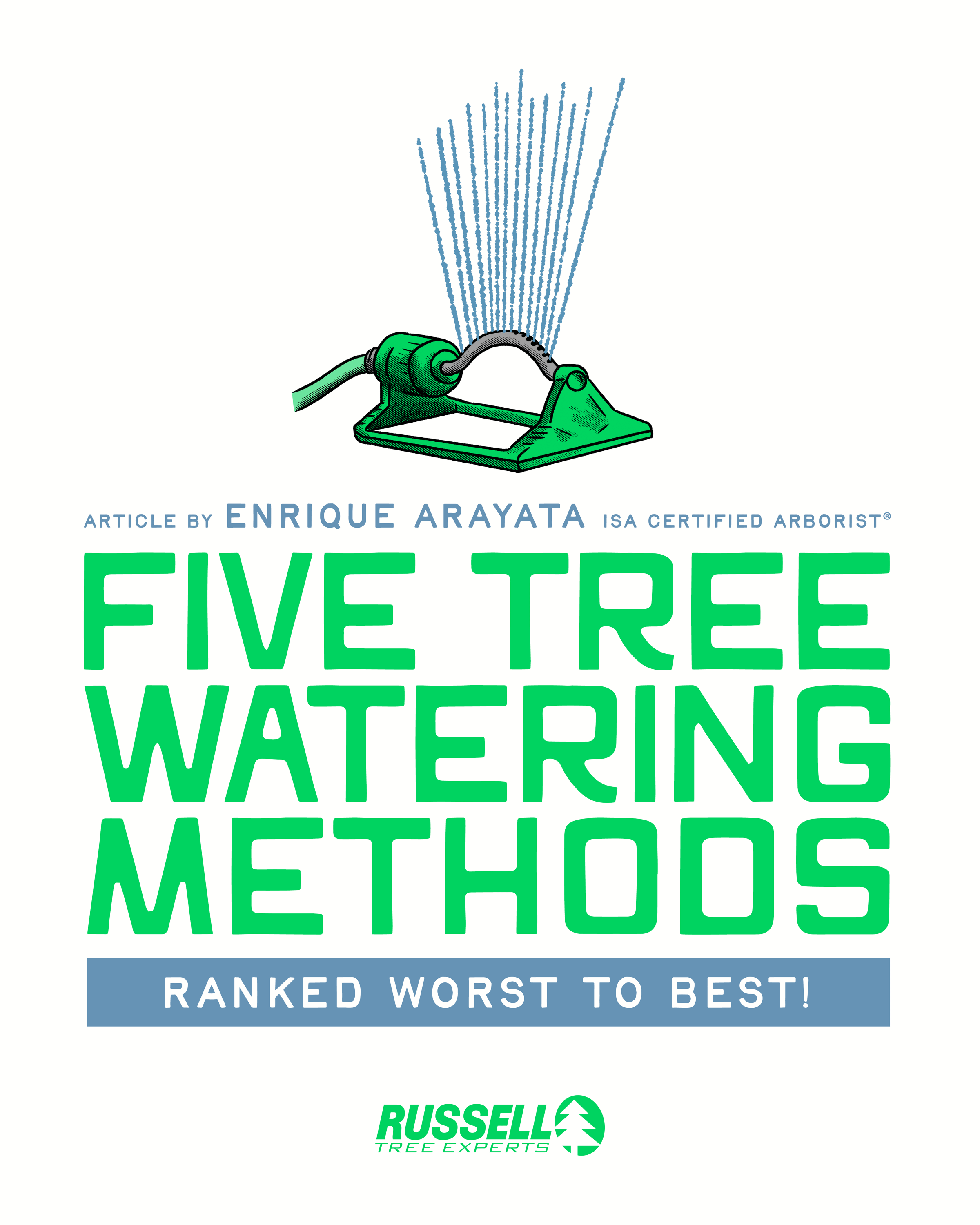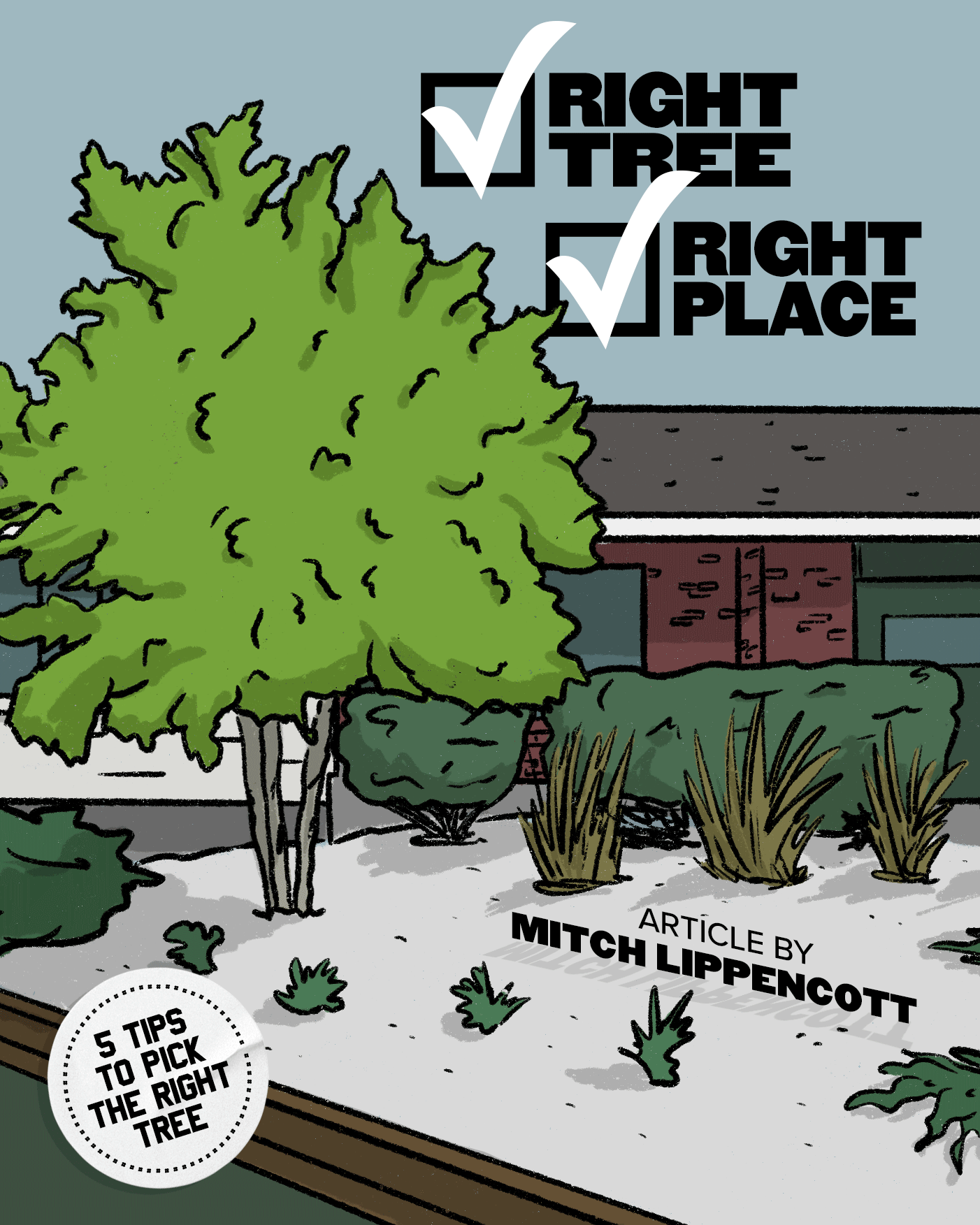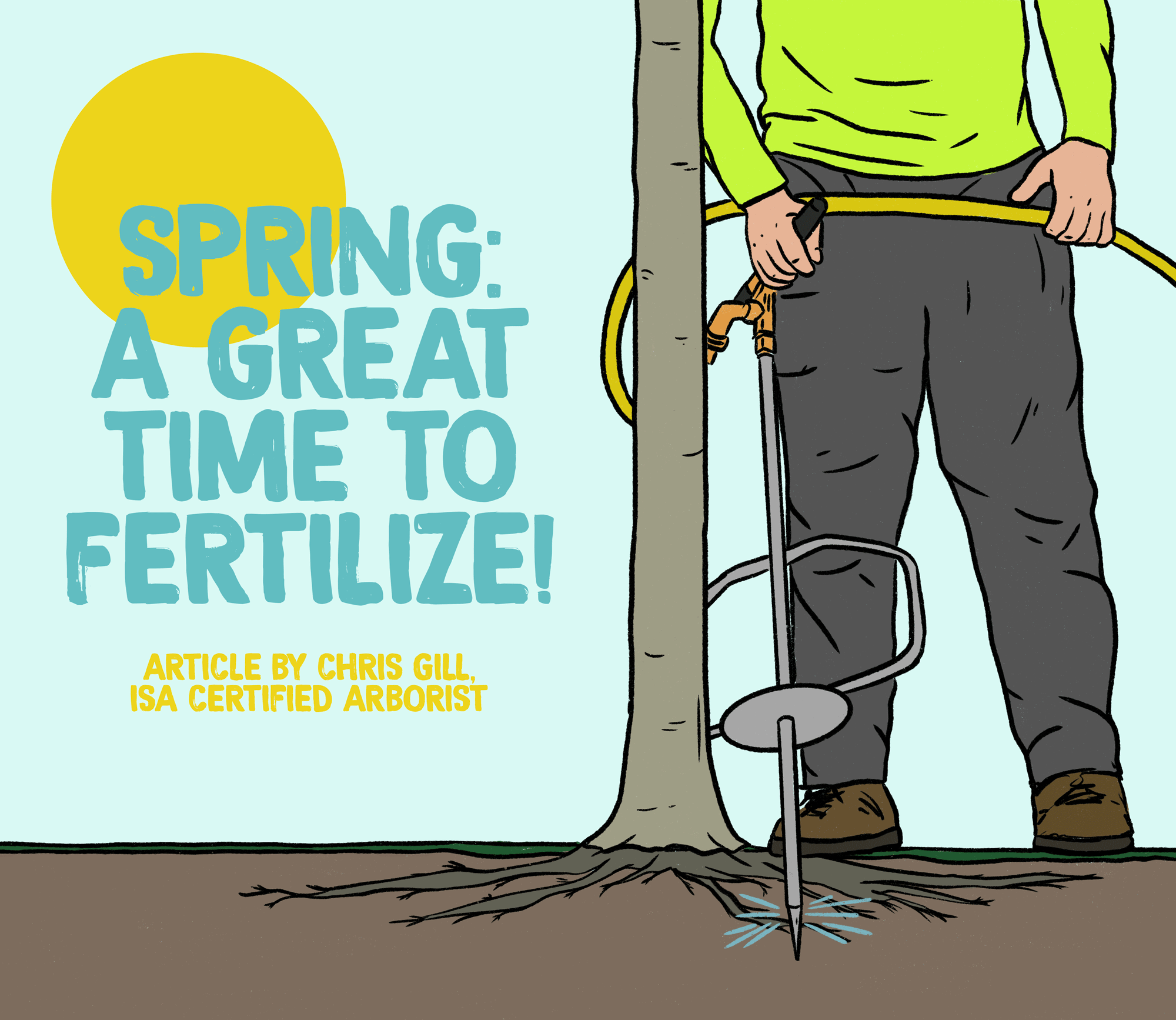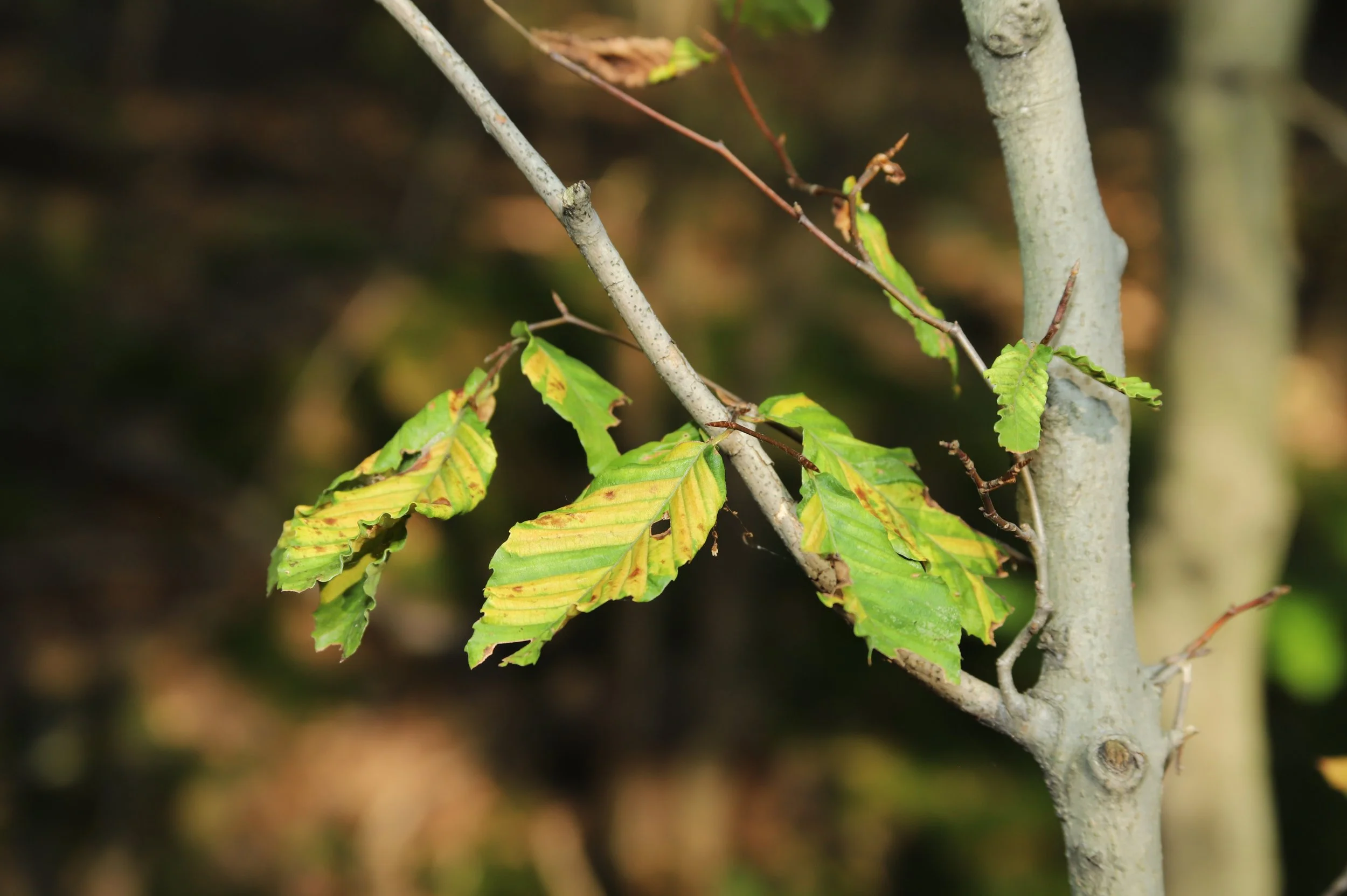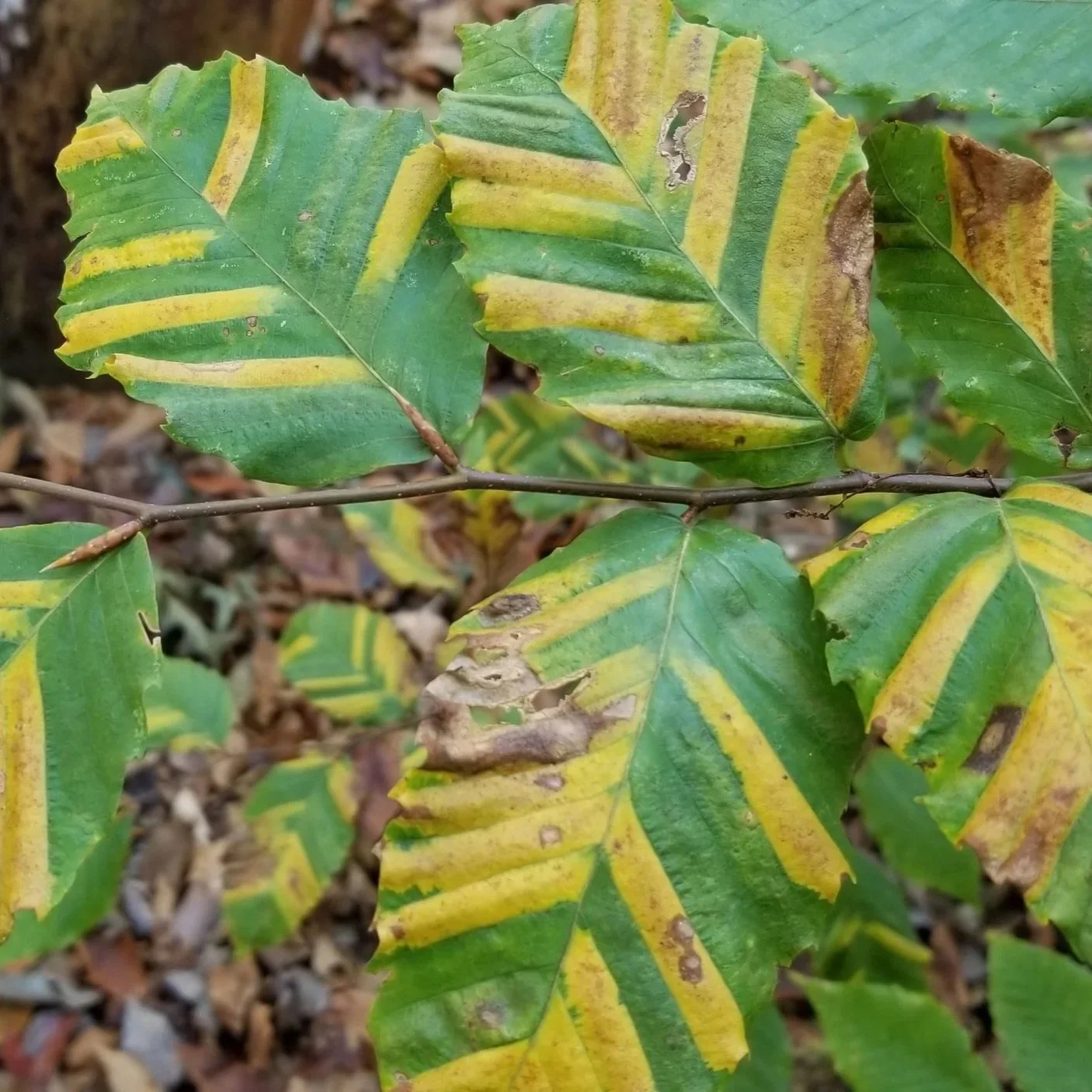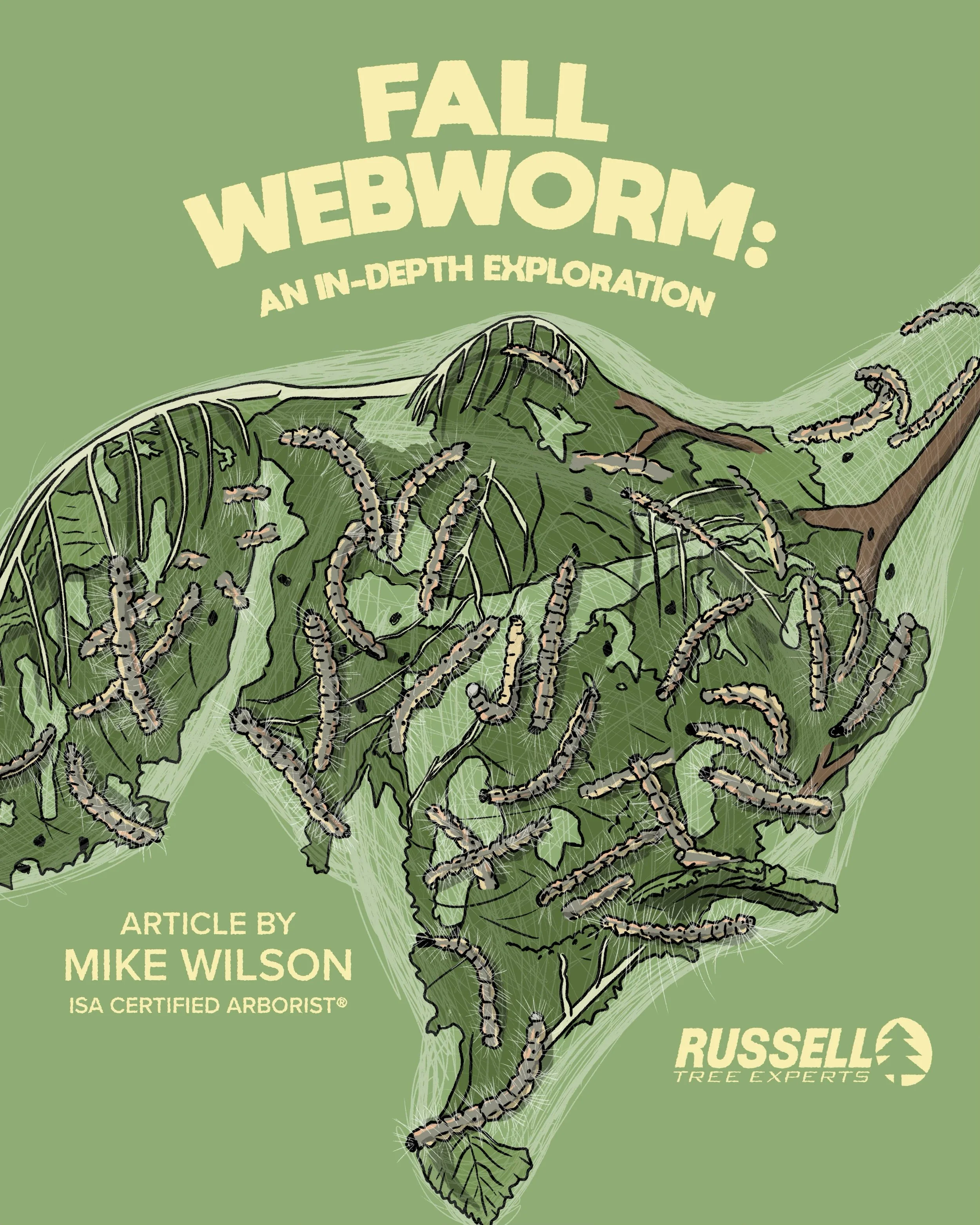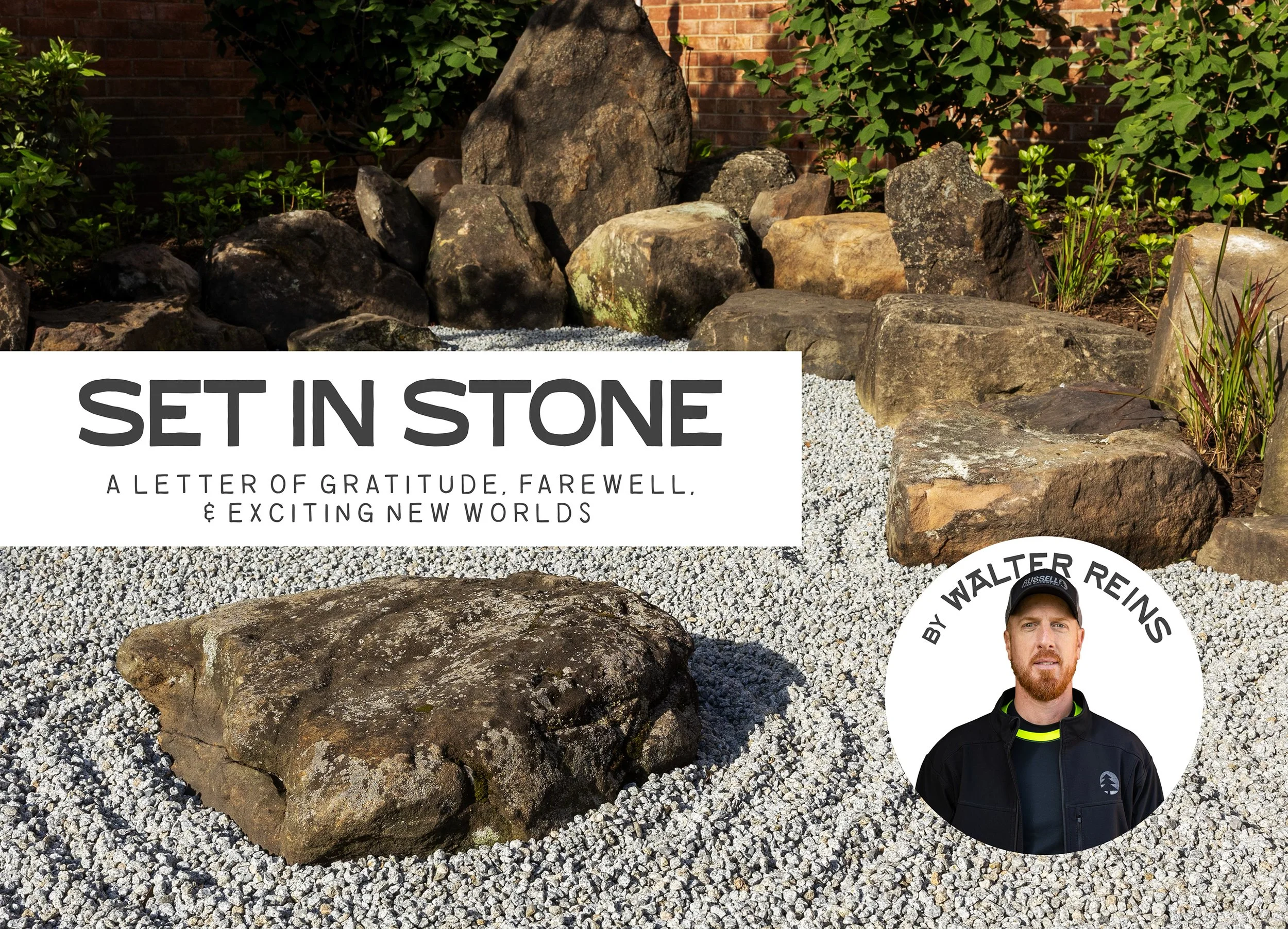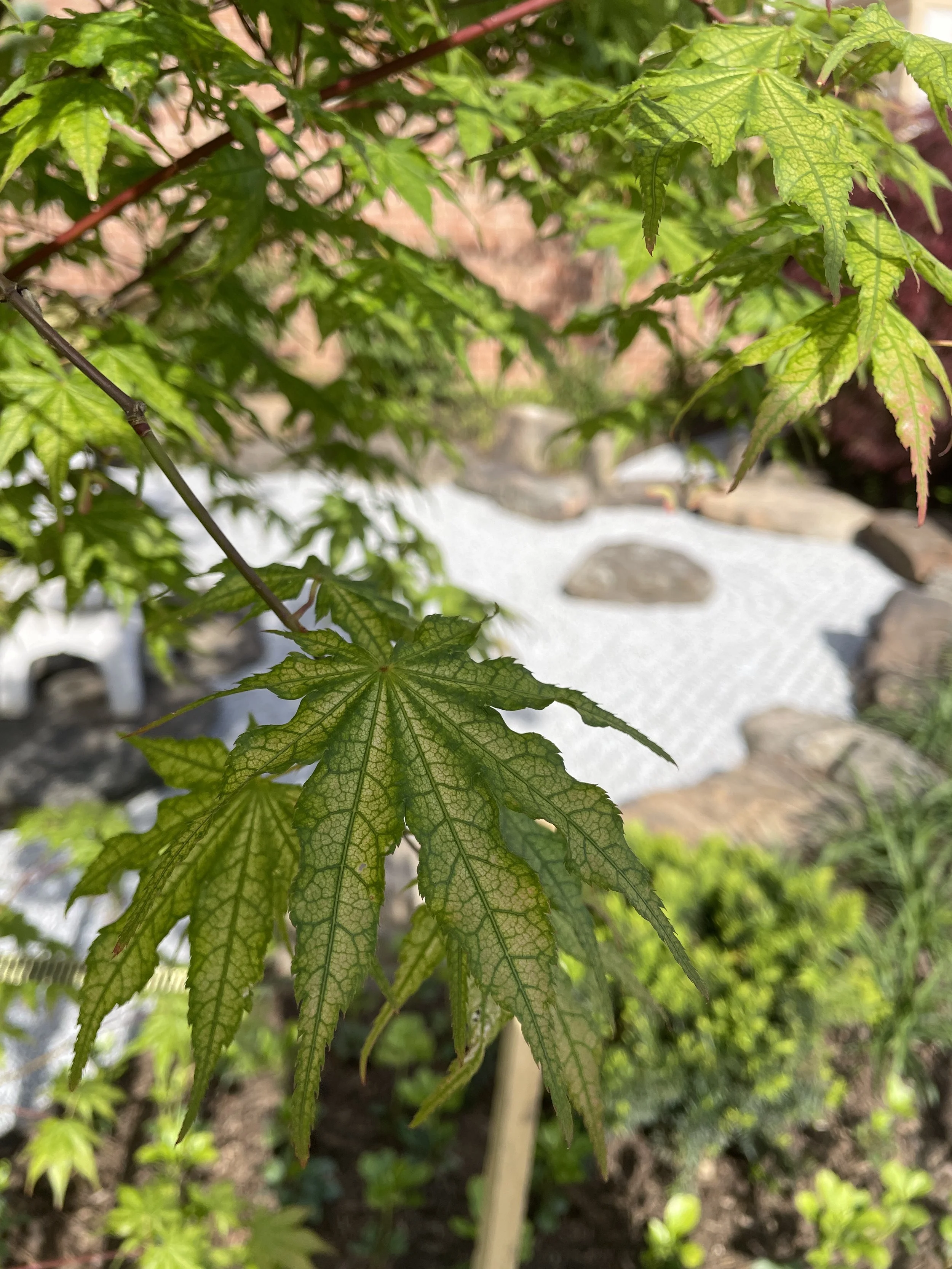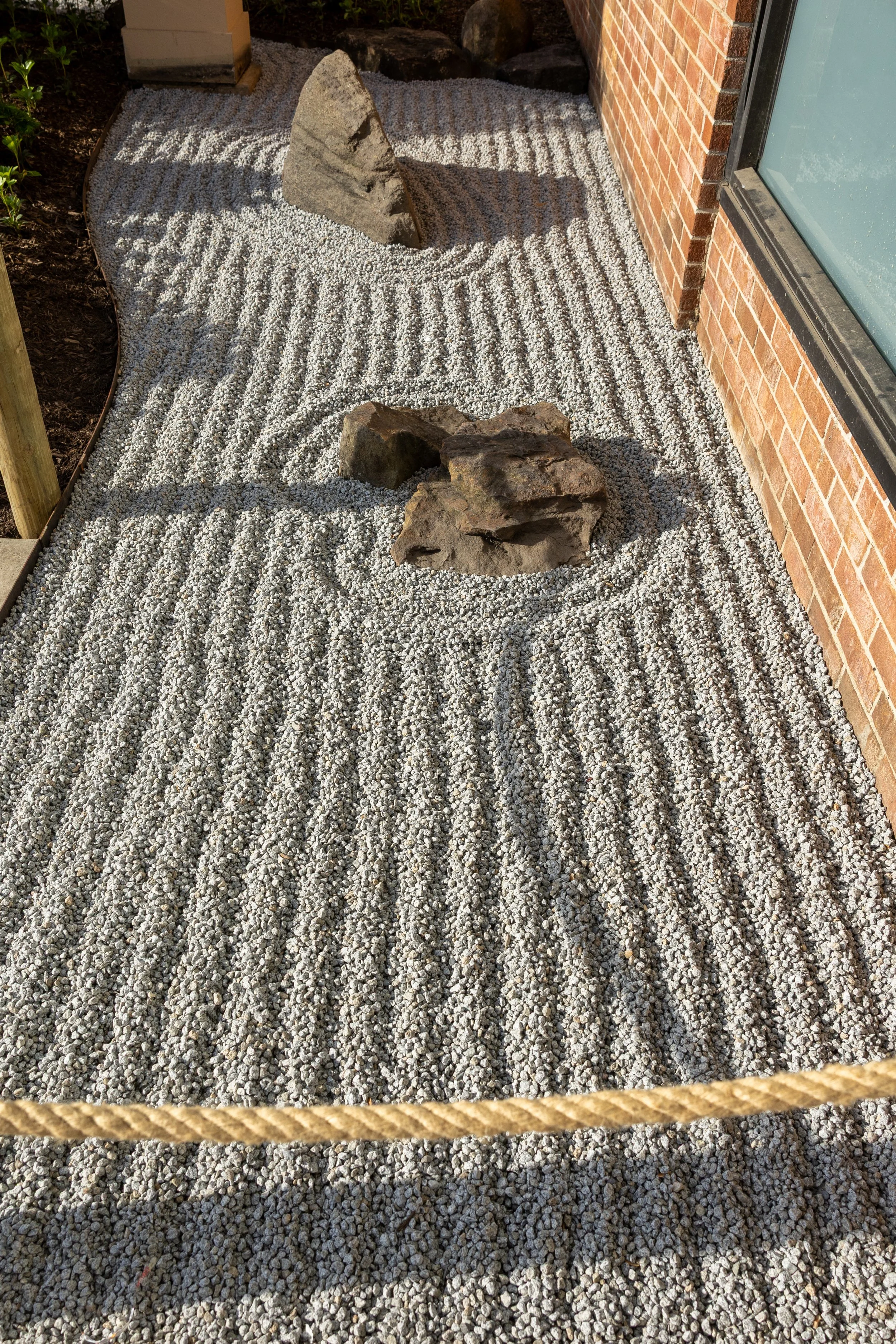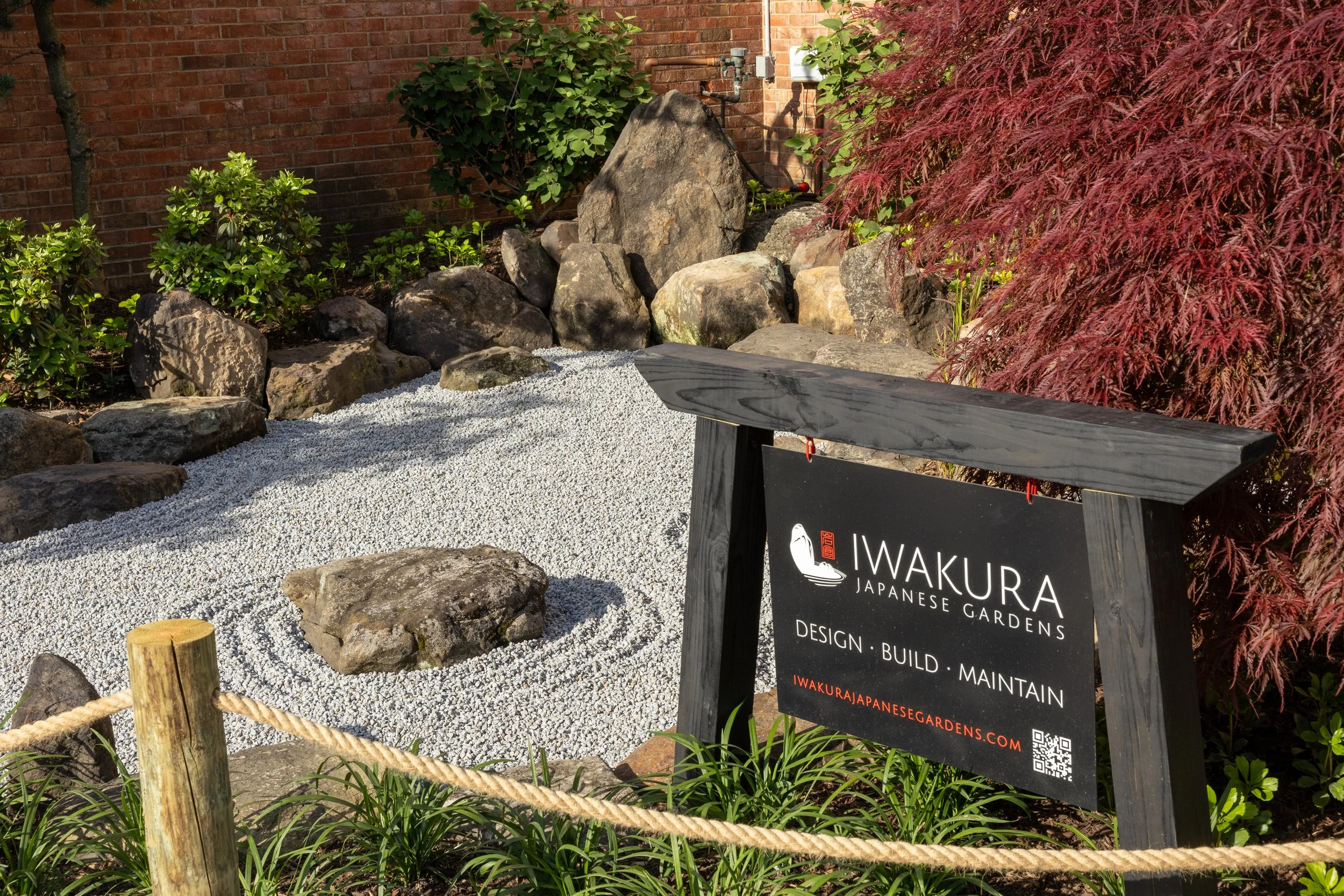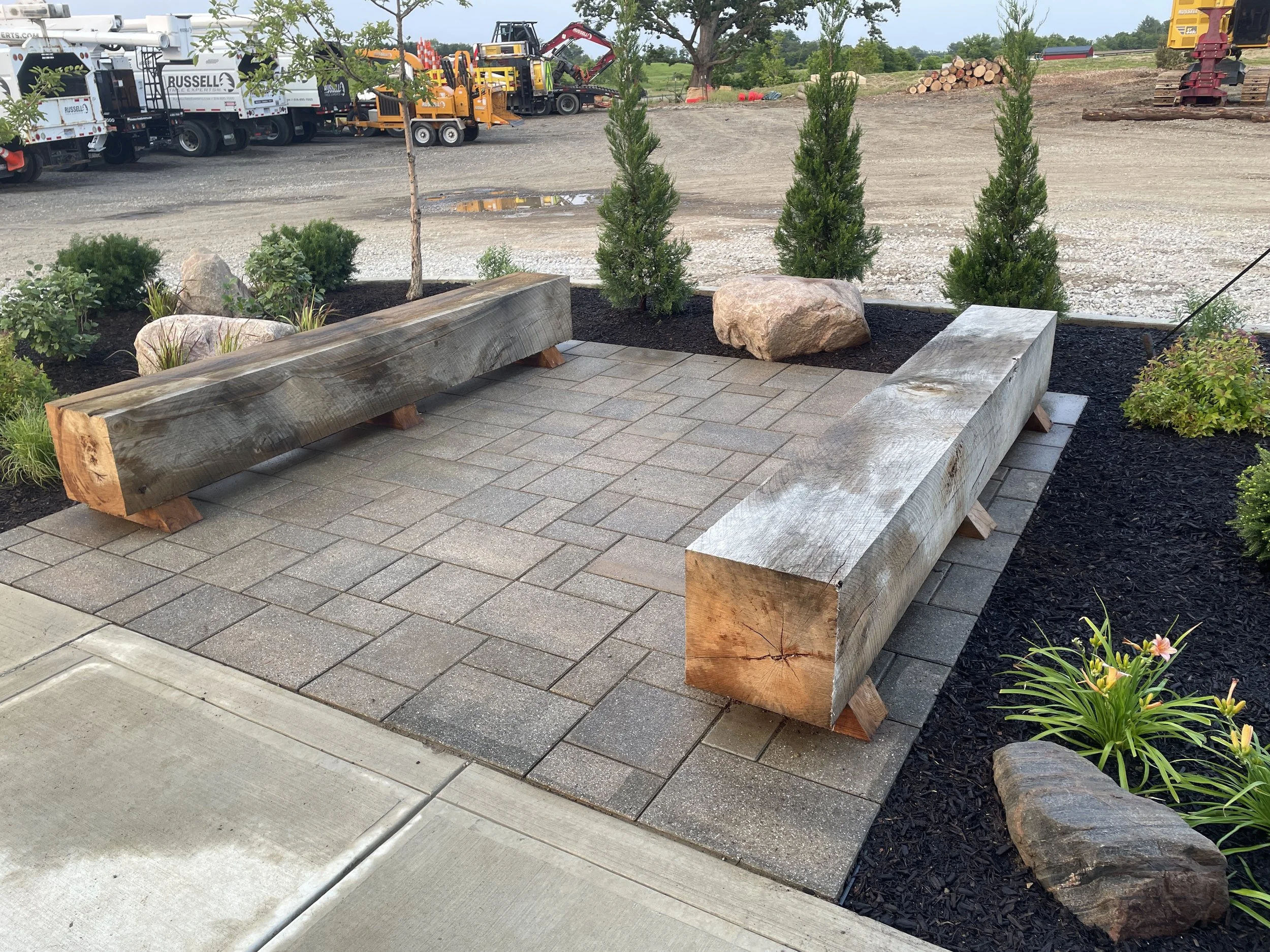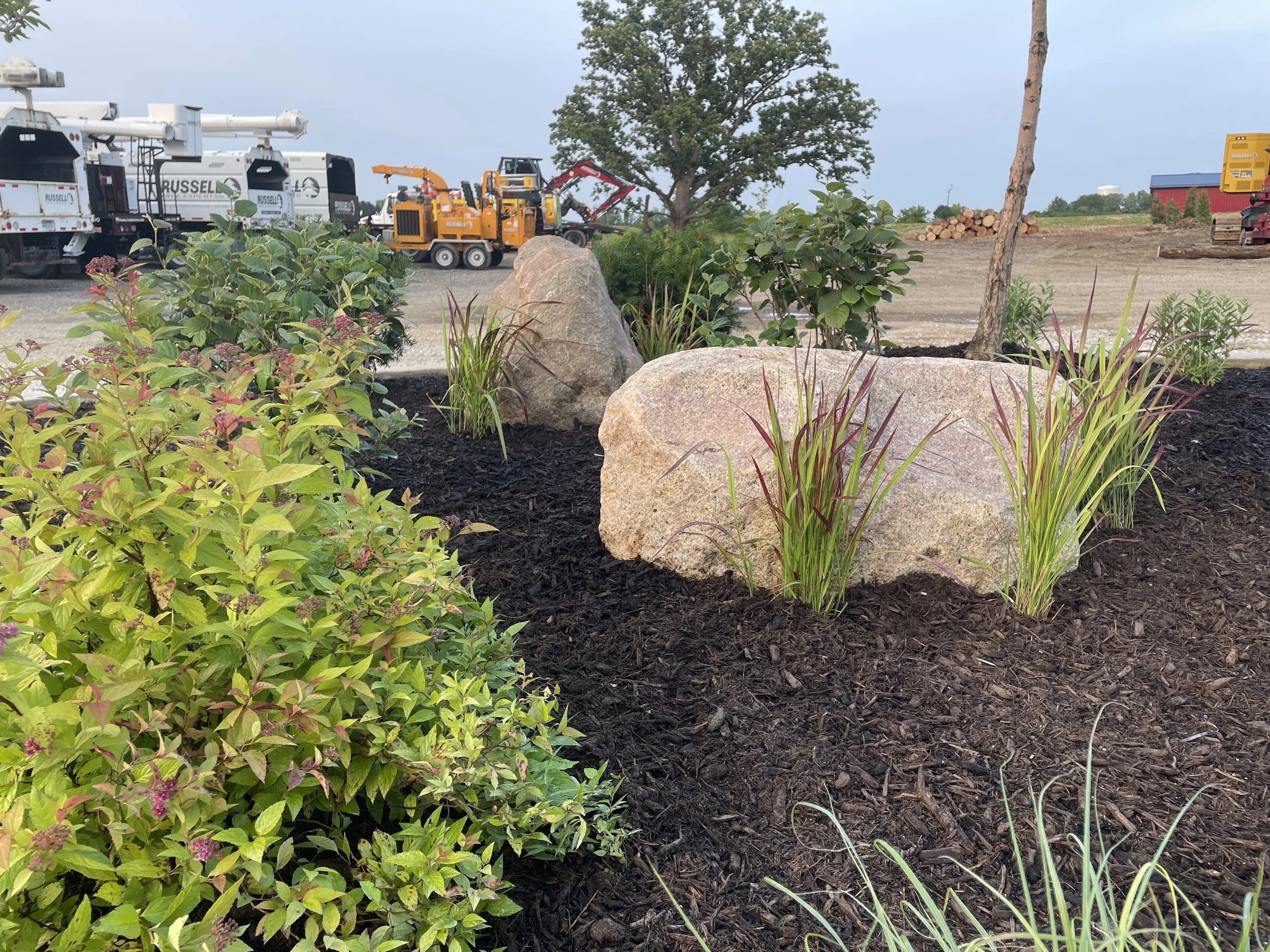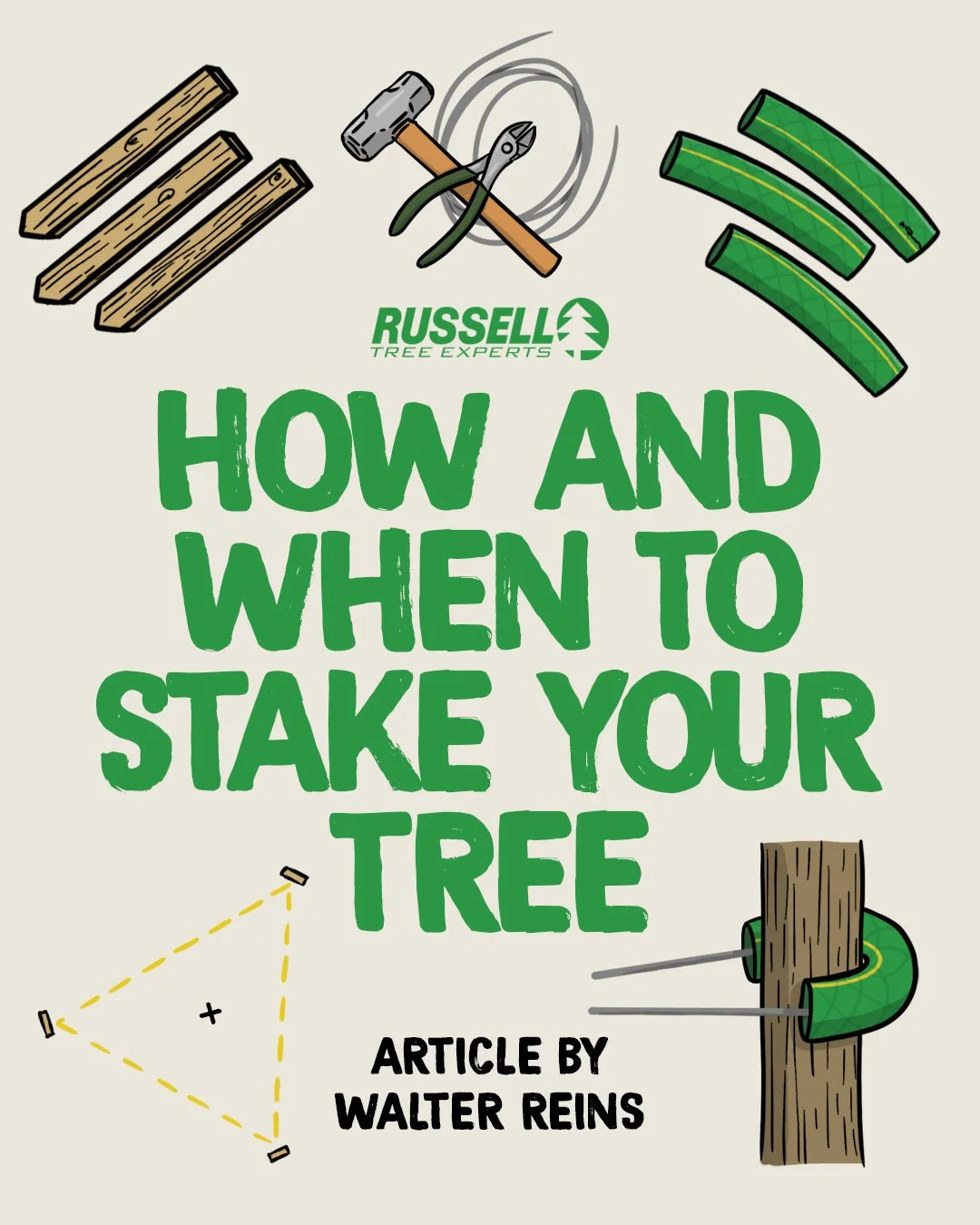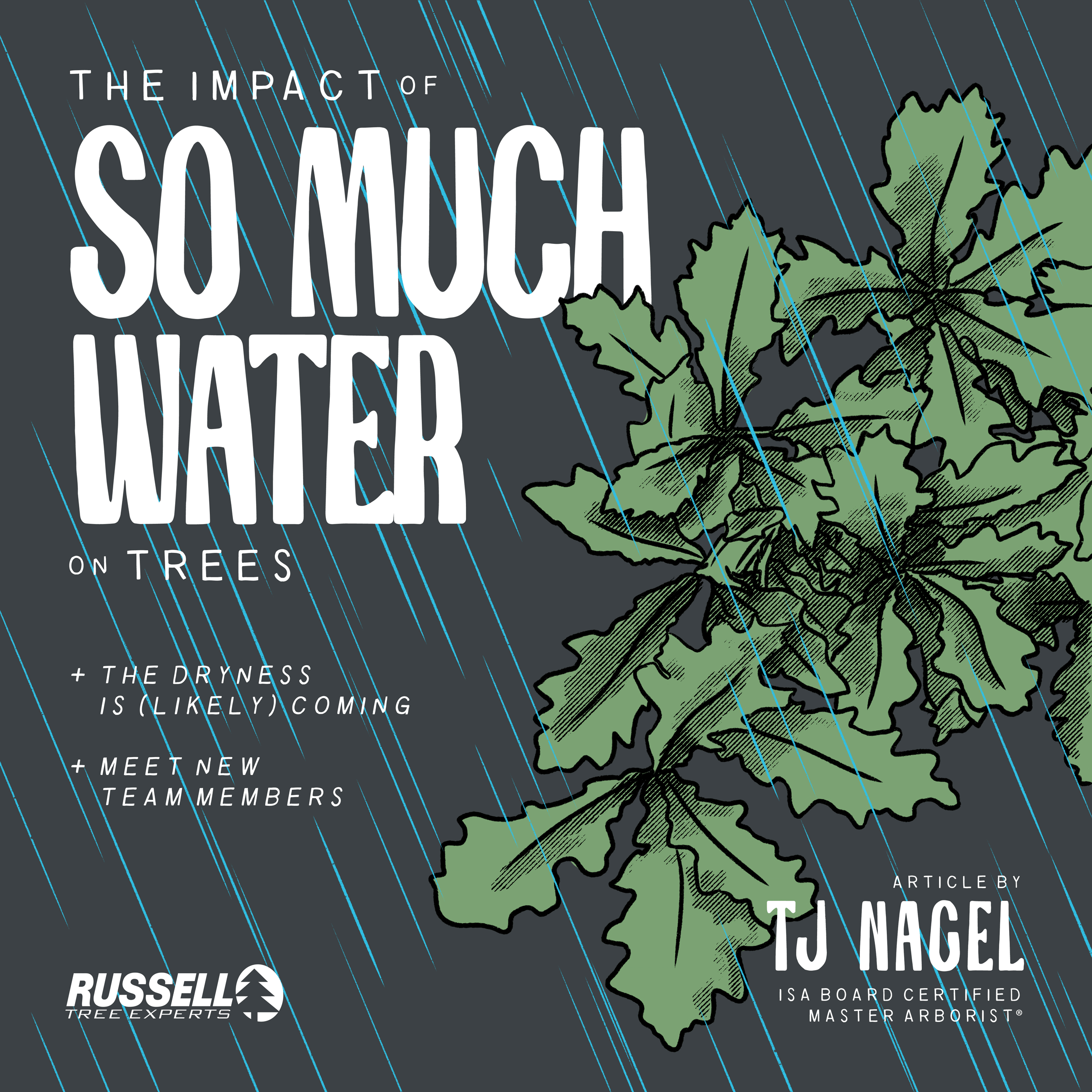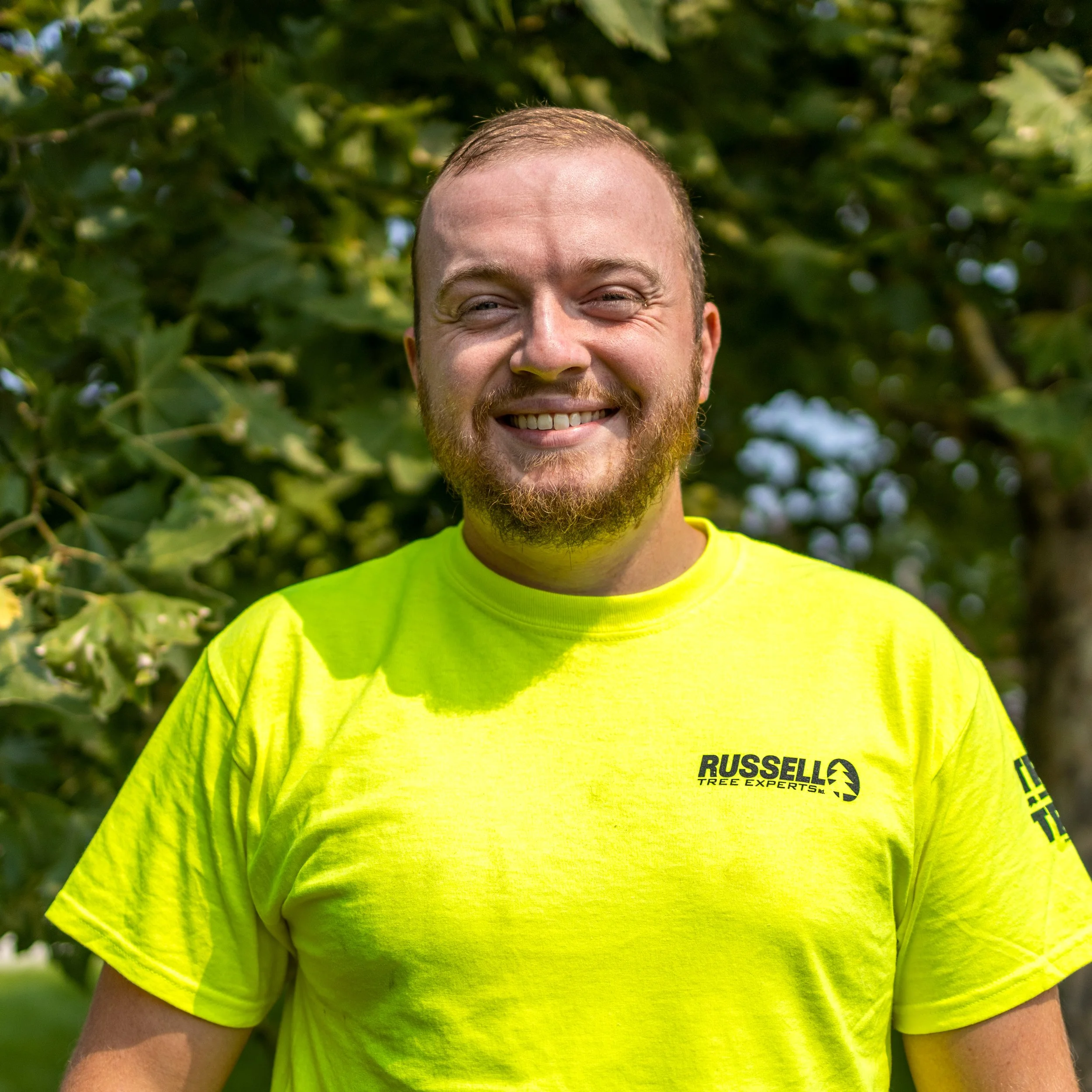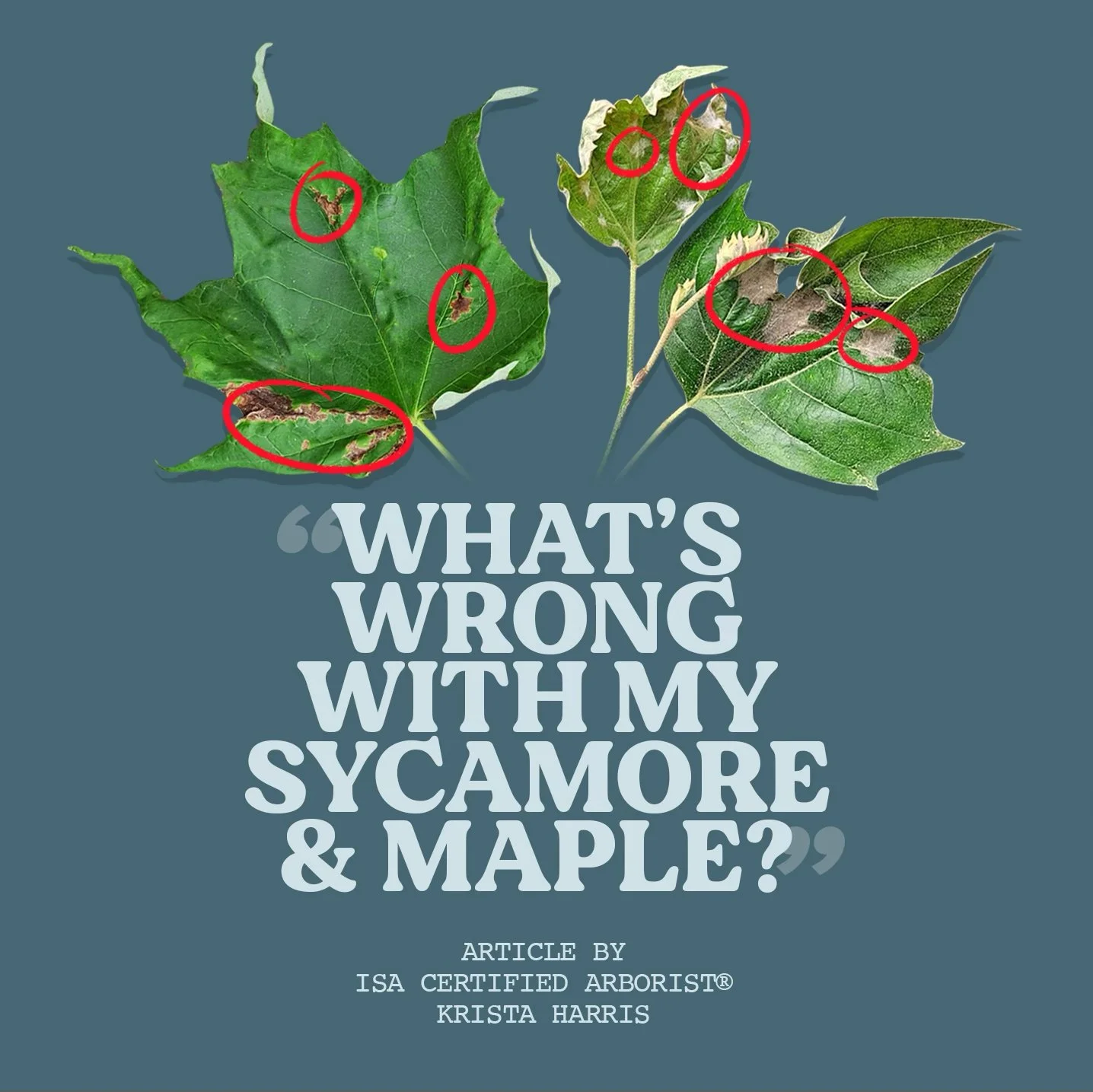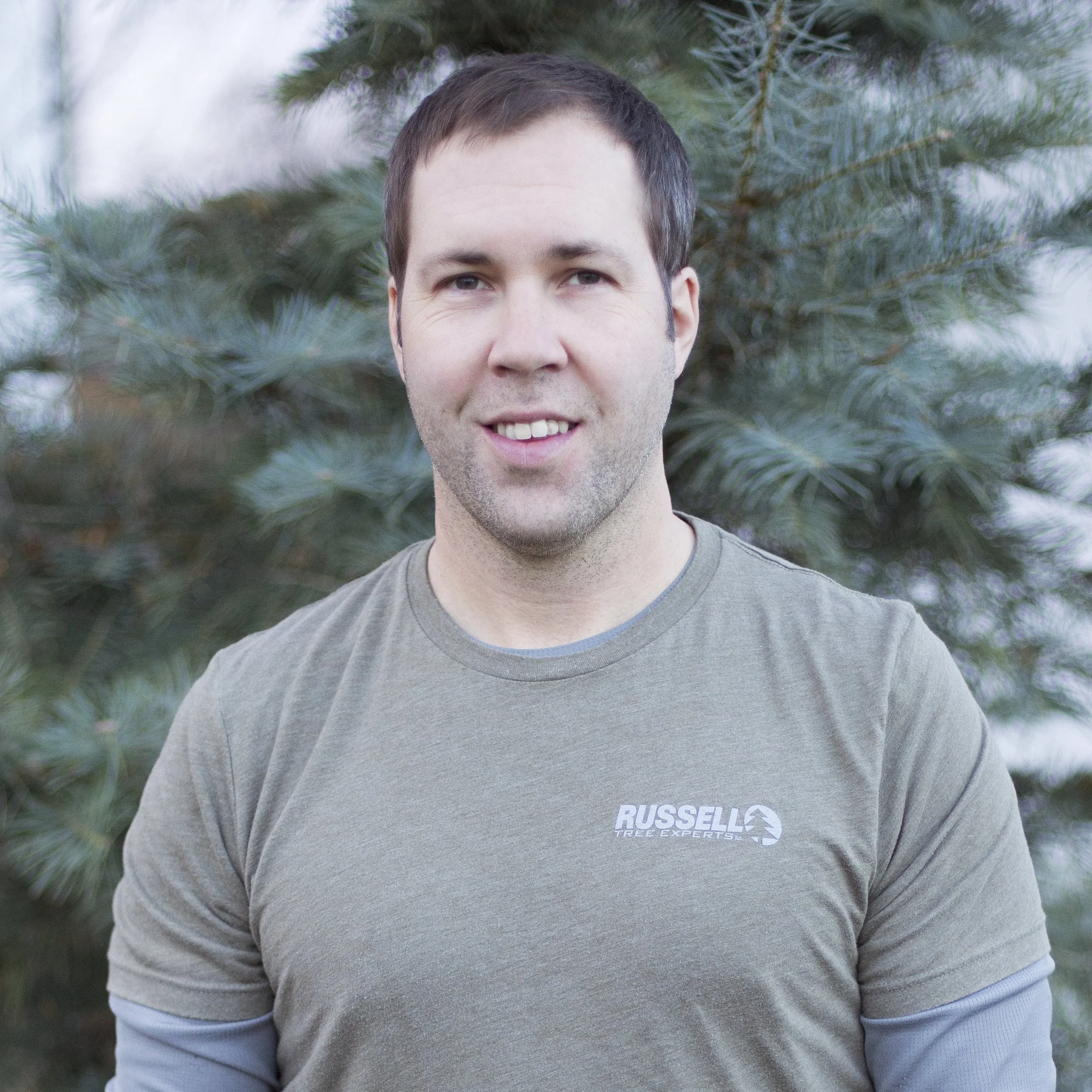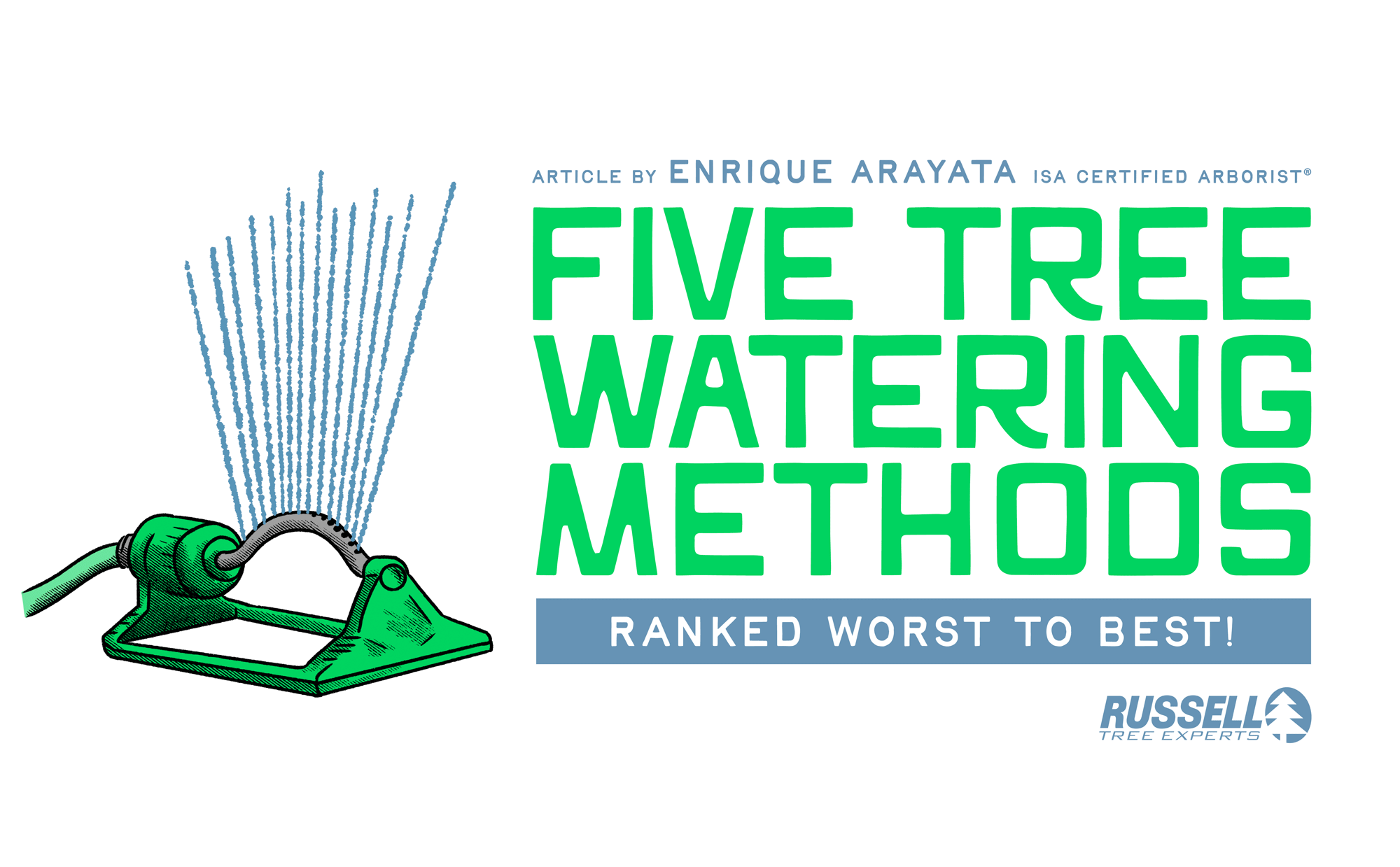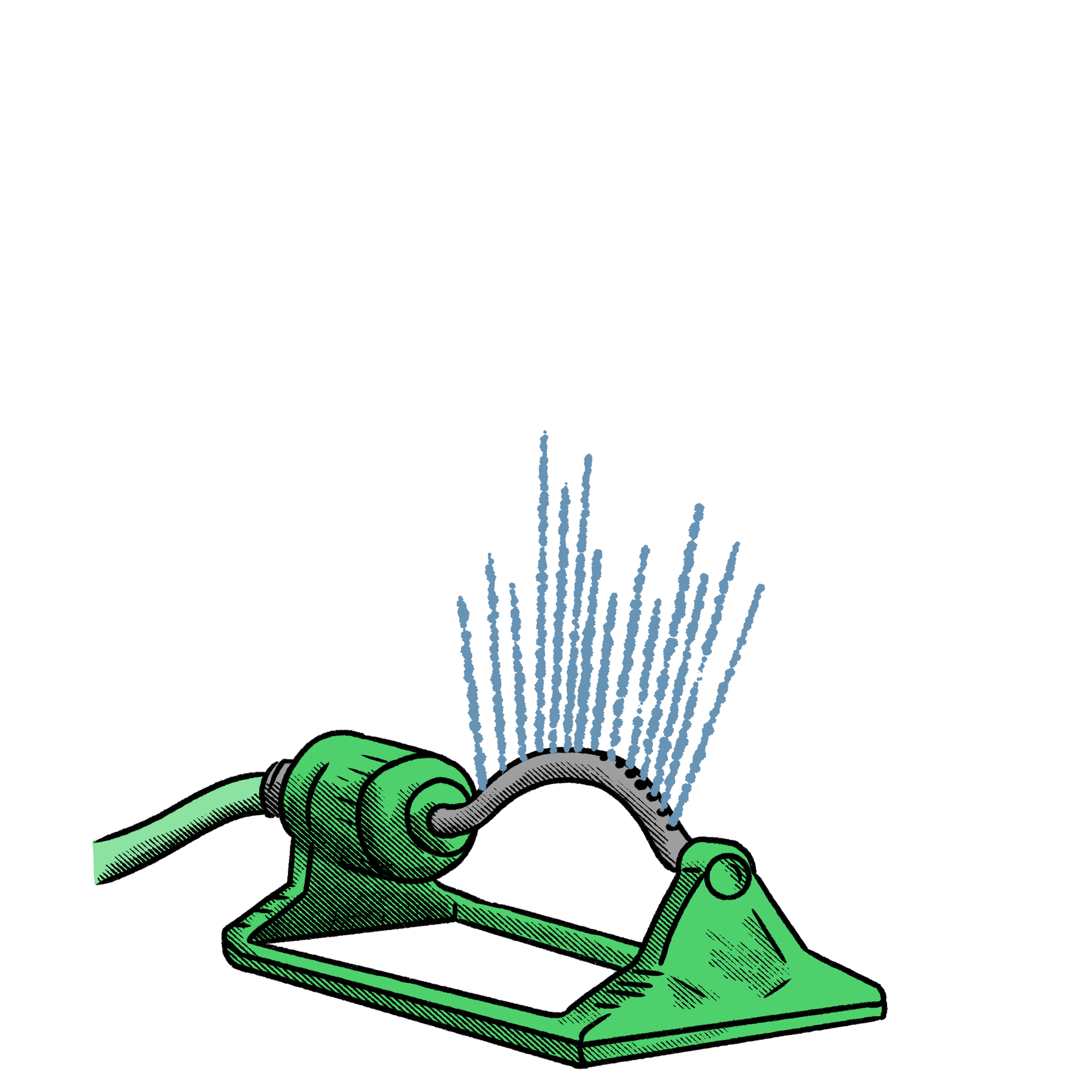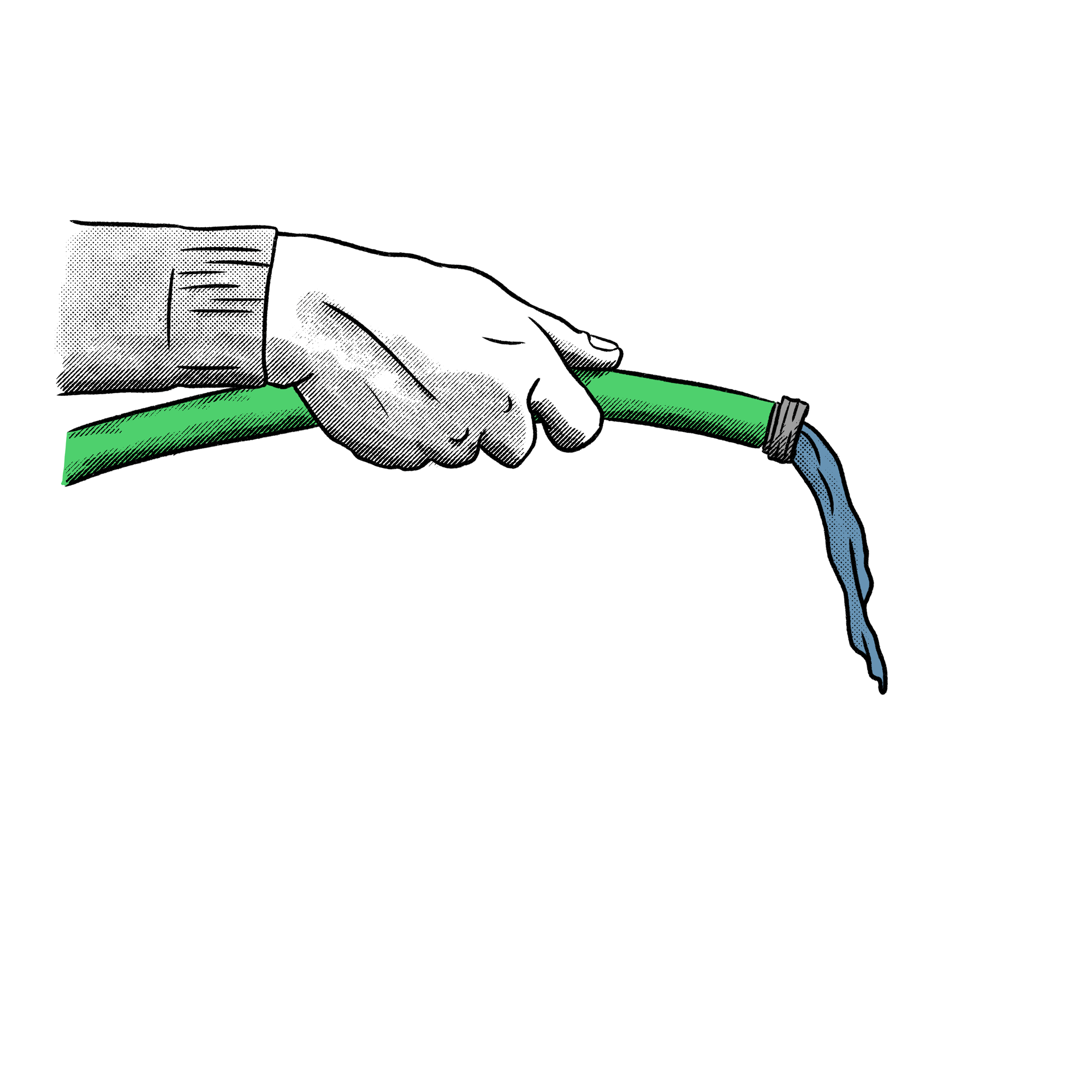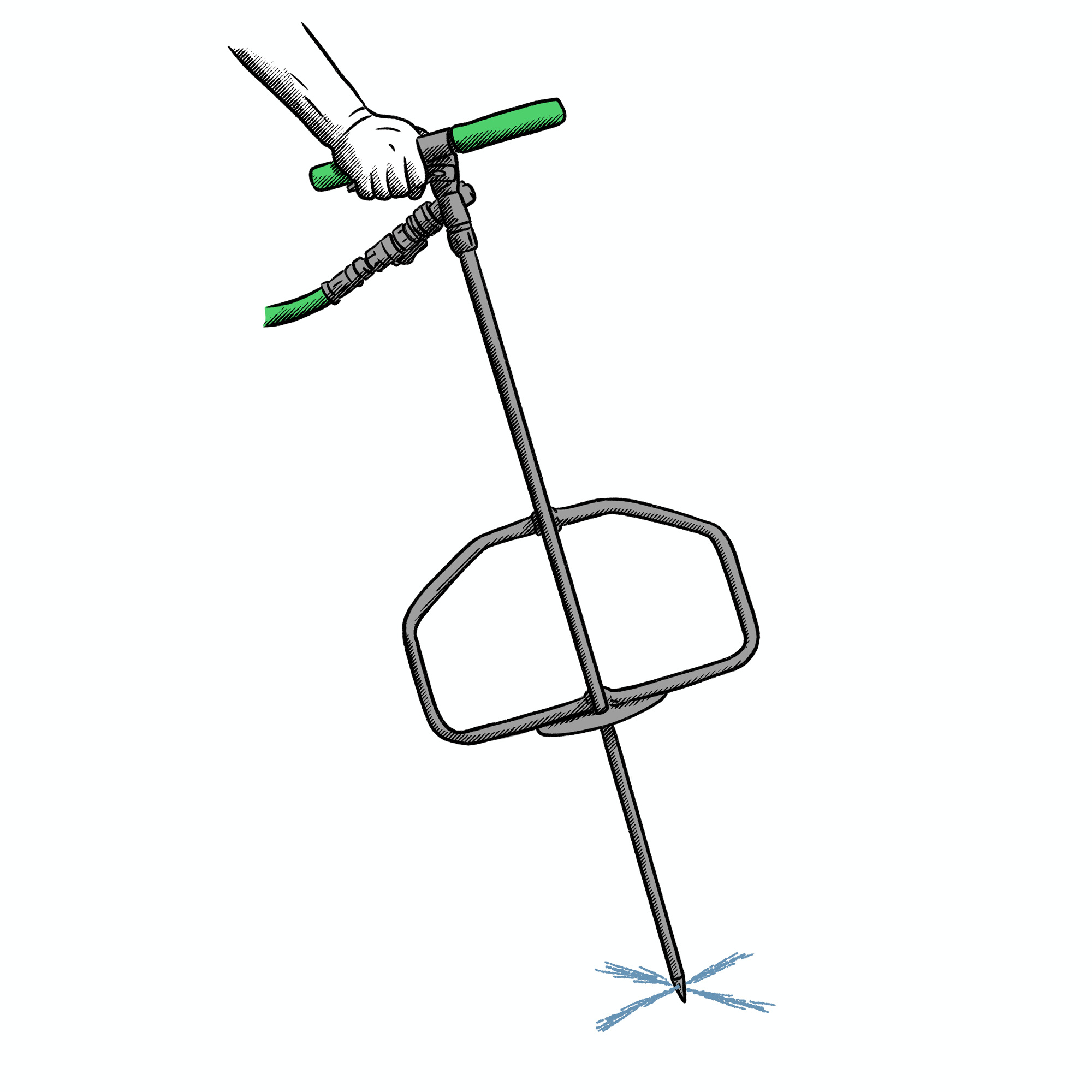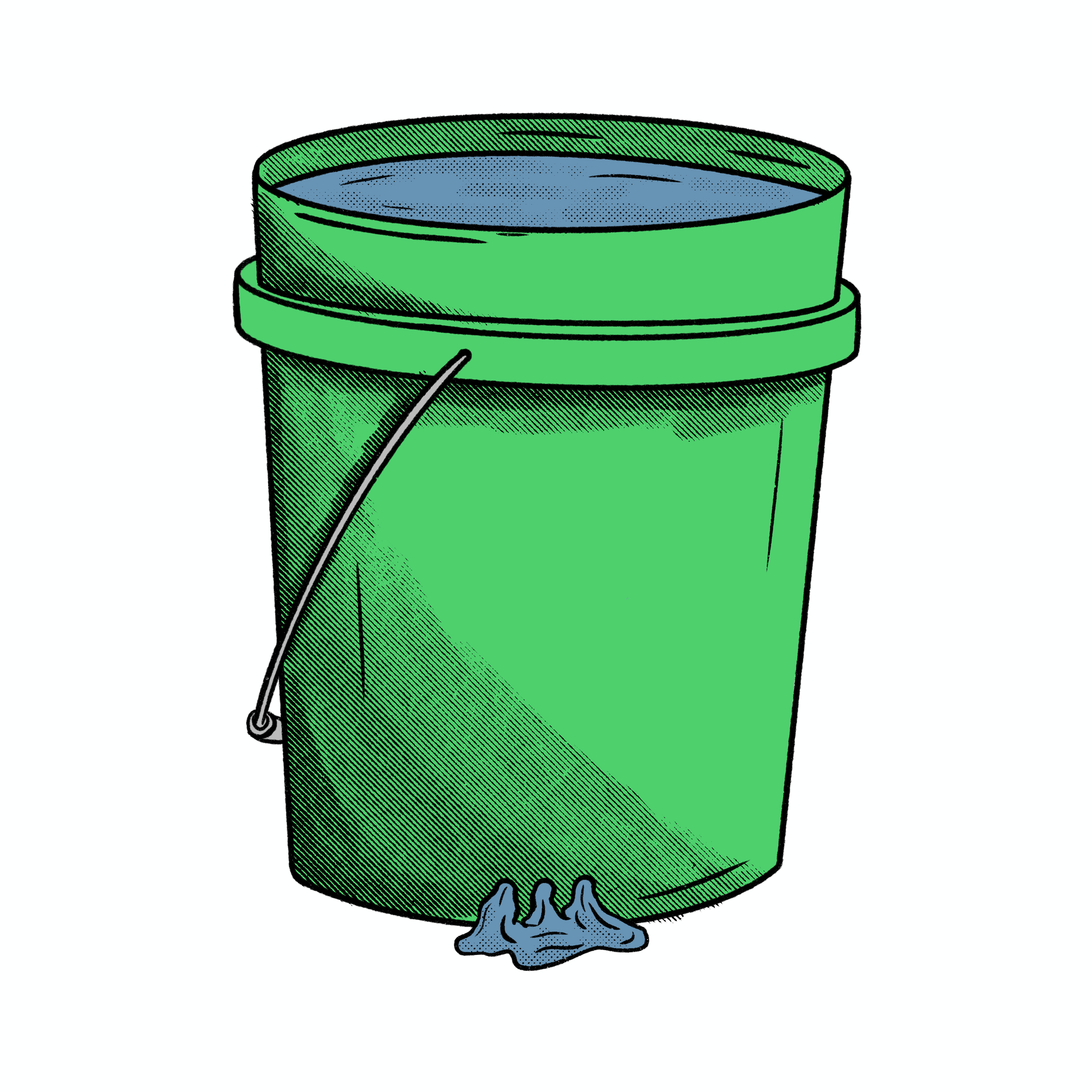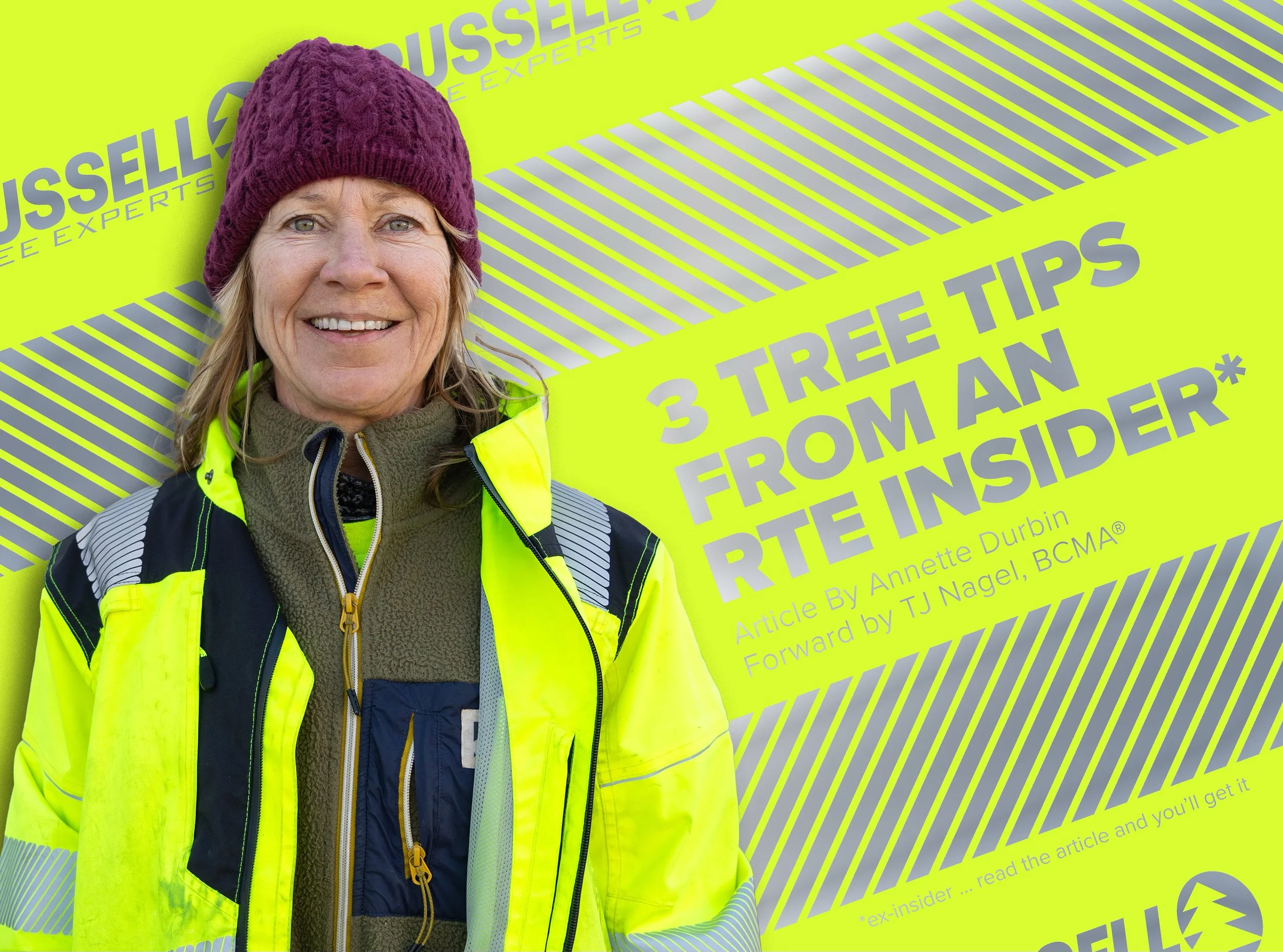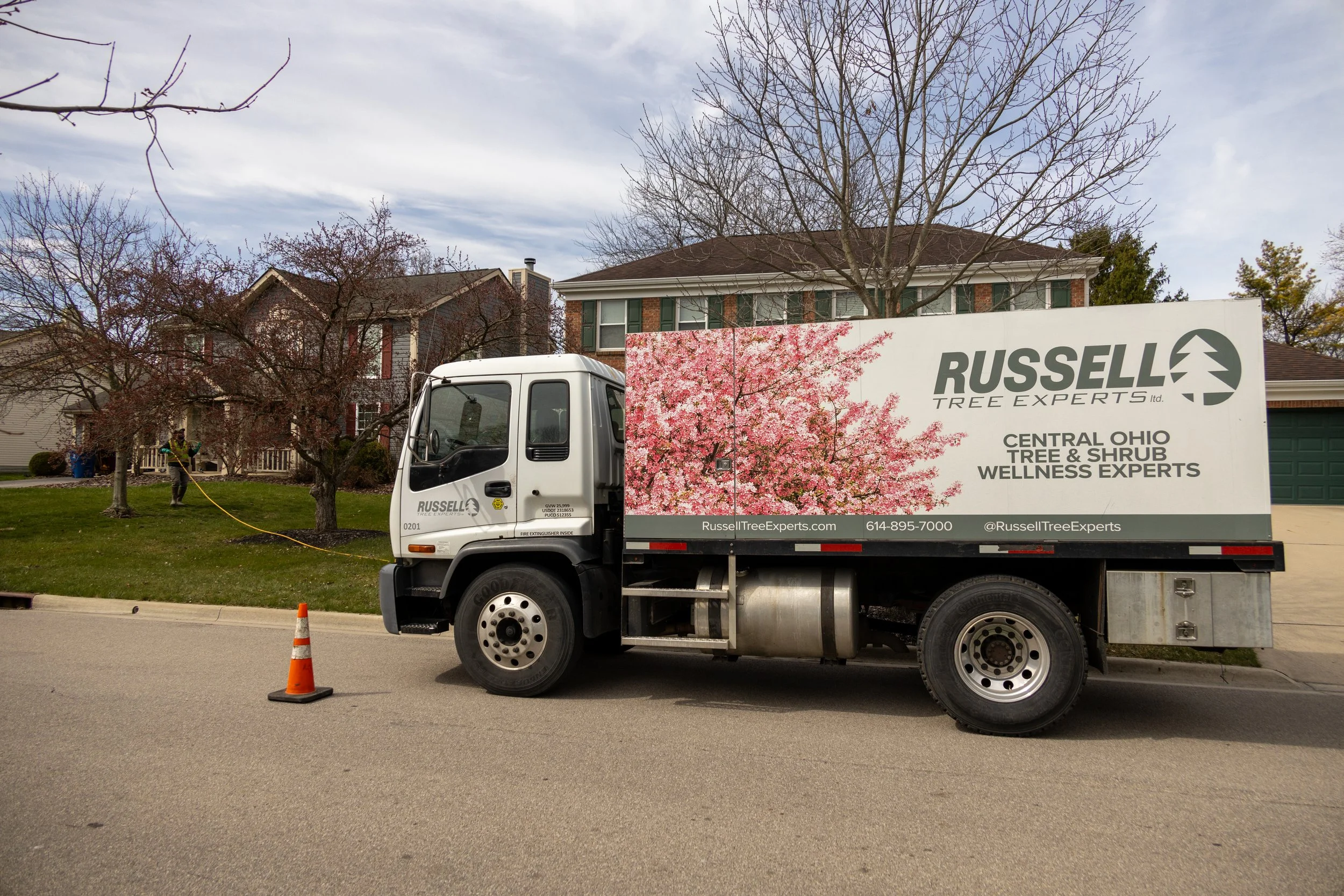By Tyler Ford
ISA Certified Arborist® OH-6877A
December 4, 2025
Ever since Hurricane Sandy carved its name into history in October 2012, Russell Tree Experts has rapidly responded to some of this nation’s most devastating natural disasters. A few notable disaster cleanup and hazardous tree removal projects we have provided response for were Hurricanes Matthew, Irma, Michael, and Ian, as well as other severe storms like tornadoes, ice storms, and wildfires. Quite literally, we have traveled coast-to-coast from as far west as California, to as far northeast as Massachusetts, and as far southeast as Florida. Most recently, we were in Augusta, Georgia from about October 2024 to February 2025 cleaning up about 525,000 cubic yards of woody debris left behind by Hurricane Helene.
Day 1
Today is the morning of October 7, 2024. Eight grapple truck operators, a mechanic, and I are rolling out with a fleet of grapple trucks and storm trailers, a service truck and a pickup truck toward Augusta, GA. We have no idea how long we’ll be gone for and no sense of how bad the damage truly is. (I didn’t know that what awaited us was the most destruction I had witnessed in my over ten years of storm response experience.)
Upon arrival, I passed by hundreds of trees still laying on houses and complete neighborhoods lined with piles of vegetation and house rubble fifteen feet in height. Towering loblolly pines twisted and snapped like toothpicks. Power lines tangled with uprooted trunks. Neighborhoods that were once beautiful with various woody species were left decimated. It was at this point that I knew we’ll be cleaning up for quite some time.
Day 71
After seventy one long days with very little time off, losing track of days, let alone which week, is very common. The only thing that felt normal was the conversations with my crew and the precious moments during video calls with the family at home at the end of yet another long day.
The residents of the community have gotten very familiar with our trucks and so very grateful. Many residents have offered us coffee, water and tasty snacks!
This day is very special and eye opening to me as I brought up an idea to the crew of donating toys for the toy drive of Augusta this holiday season. It would’ve been very understandable for the crew to not participate as they had been putting in full effort to restoring the community. However, without hesitation, after a long week of work, everyone agreed to join me for a couple hours in purchasing and donating over a thousand dollars’ worth of toys. Although there’s still no end in sight, this was for me a vital piece of refocusing for the future of the project.
Day 140
After one hundred and forty days with little time off like two days off for Thanksgiving and five days off for Christmas and an OSU Buckeyes national championship playoff run, the community is officially cleaned up and we are set to head home. I can see kids playing in the yard and residents mowing growing, green grass in areas that used to be cluttered by trees and rubble like concrete, wood, and pieces of roofing shingles.
Montage video of our woody debris cleanup in Augusta, GA from Hurricane Helene
As we pack up our equipment and prepare for the long drive home, I find myself reflecting on the people who carried out this mission from start to finish: Scott, Andrew, Angel, Steve, Juve, Todd, Storm, Brian, and Wyatt. To the residents of Augusta, even in the middle of an unimaginable loss, you welcomed us with kindness, patience, and generosity. Your shared stories, your encouragement, your offers of coffee on cold mornings and water on hot days. These small gestures mean more to me than you may ever know.
From left to right: Scott, Andrew, Angel, Wyatt, Tyler, Steven, Brian, Juve, Todd, and Storm.
To the crew and my family at home, you are the heart of this article. The crew for one hundred and forty grueling days, through early mornings, late nights, sore muscles, and homesickness, showed up with unwavering dedication. You all worked with integrity, you lifted each other up, and even after the hardest days, you still found the compassion to give back, whether through a brief conversation with a resident or generosity to the Augusta toy drive.
This project was more than a cleanup. It was a testament to what can be accomplished when skilled hands, strong hearts, and a community’s spirit come together. Though the scars of Hurricane Helene will remain for years, the path to recovery was built on gratitude, teamwork, and hope.
Interviewing our mechanic Brian about his experience in Augusta, GA
COMPLIMENTARY CHRISTMAS TREE DROPOFF 2025
For those who live in a home where it is difficult to dispose of your tree, you can drop off and dispose of your old Christmas tree for free anytime at Russell Tree Experts (3427 E Dublin Granville Road Westerville, OH 43081) between Friday, December 26th 2025 and Friday, January 9th 2026. The drop-off zone will be at the front yard of our office with marked cones and signage! If you need any assistance, you can knock on our front door during business hours (8:30 AM - 4:30 PM M-F) and one of our friendly staff members will lend a hand! We’ll ensure that your Christmas tree gets reused to become mulch or compost!
ADDITIONAL ARBOR ED™ ARTICLES!
Tyler Ford I Offsite Project Manager, Russell Tree Experts
Tyler joined Russell Tree Experts in 2013. He is an ISA Certified Arborist® and is certified with EHAT, TRAQ, OSHA 30, CPR, and first aid! In his free time, Tyler enjoys spending time with his family and exploring nature at Great Smoky Mountains National Park. His favorite tree is the southern magnolia (Magnolia grandiflora), so much so that he named his youngest daughter Magnolia!













